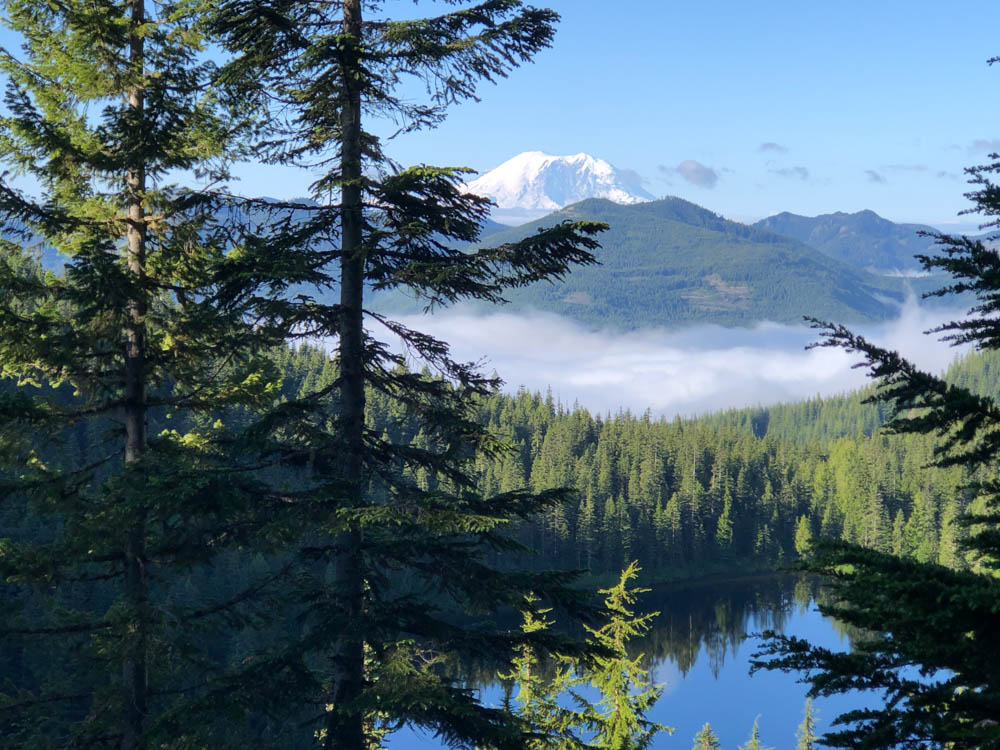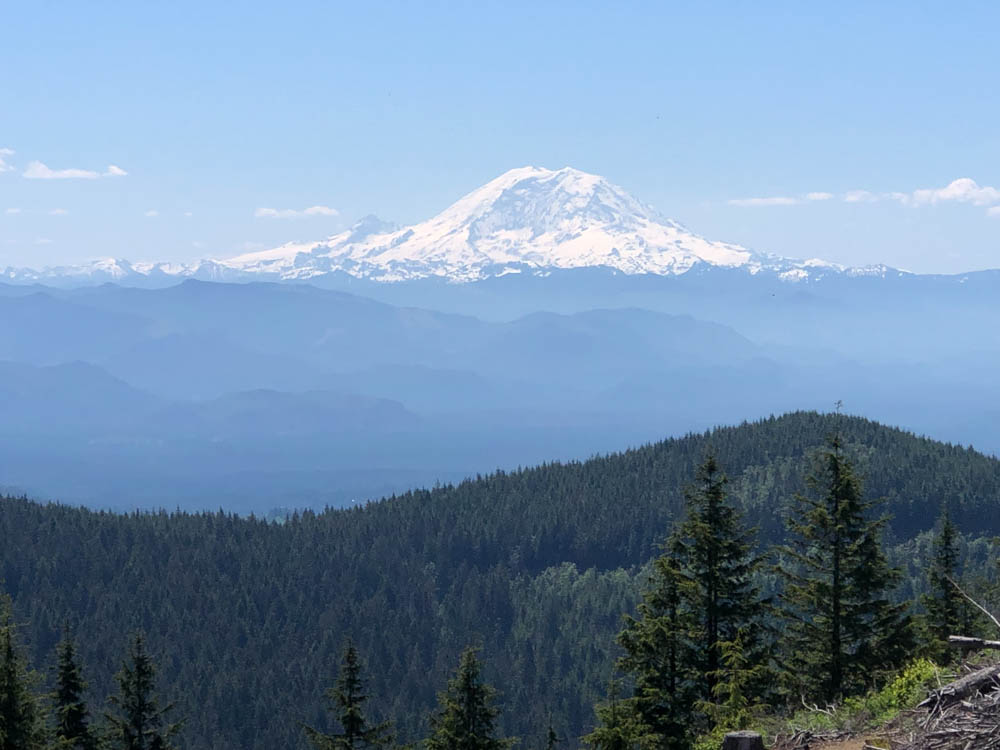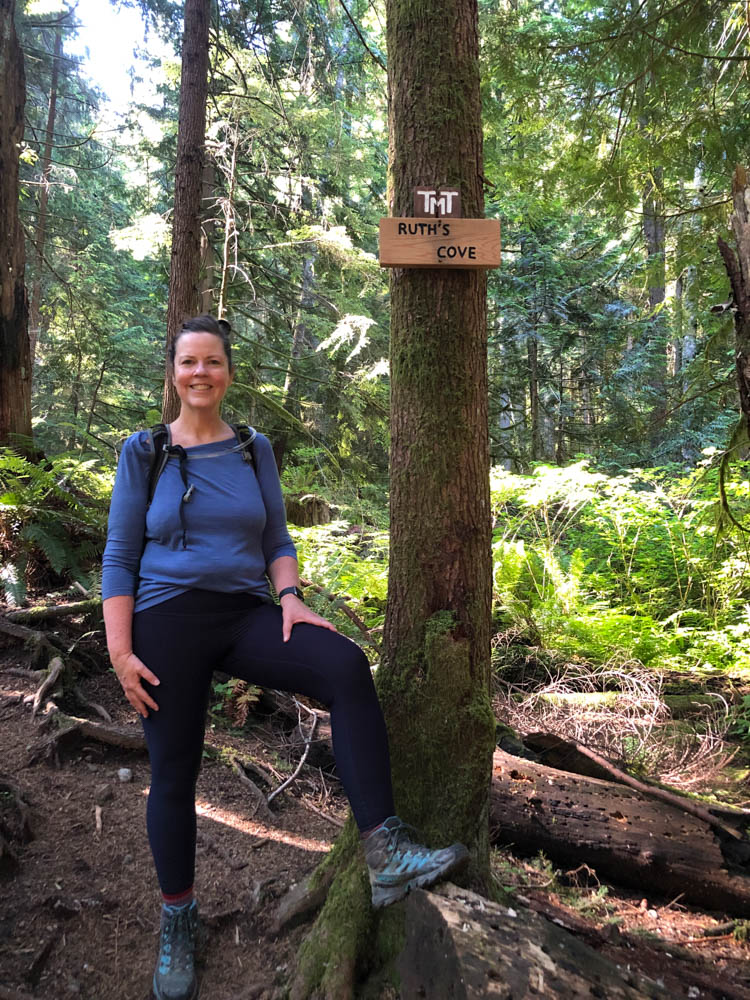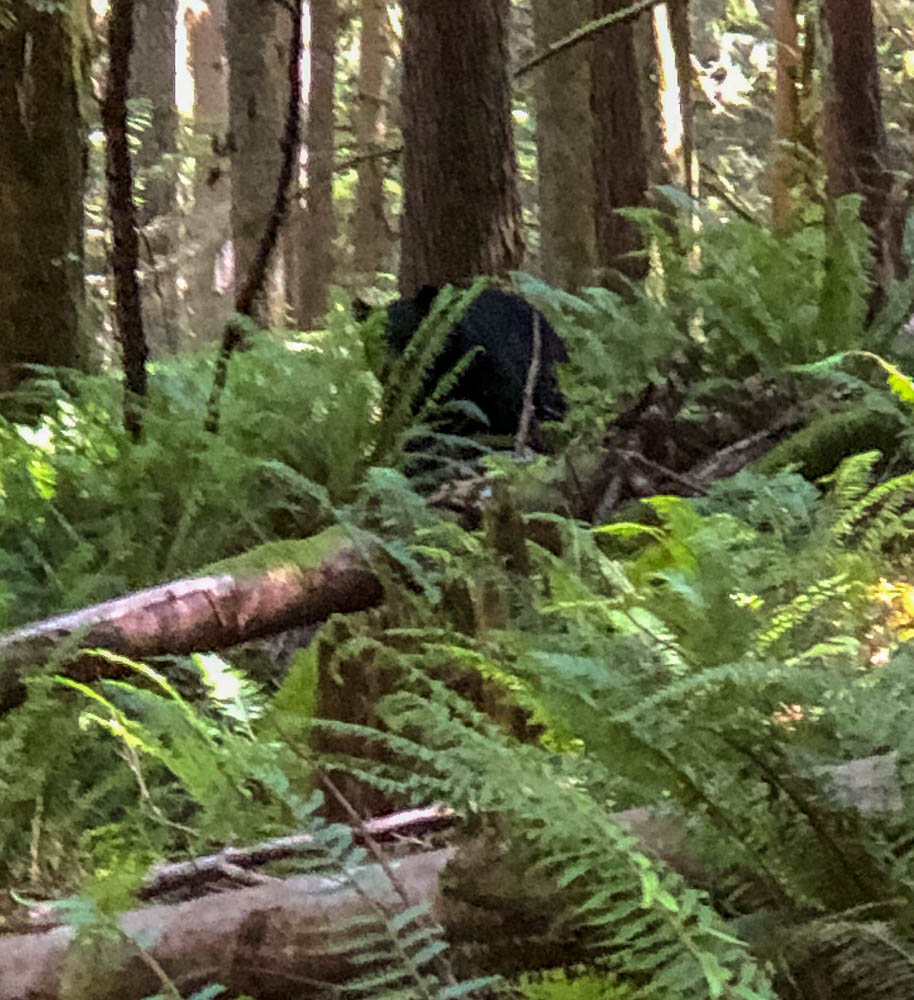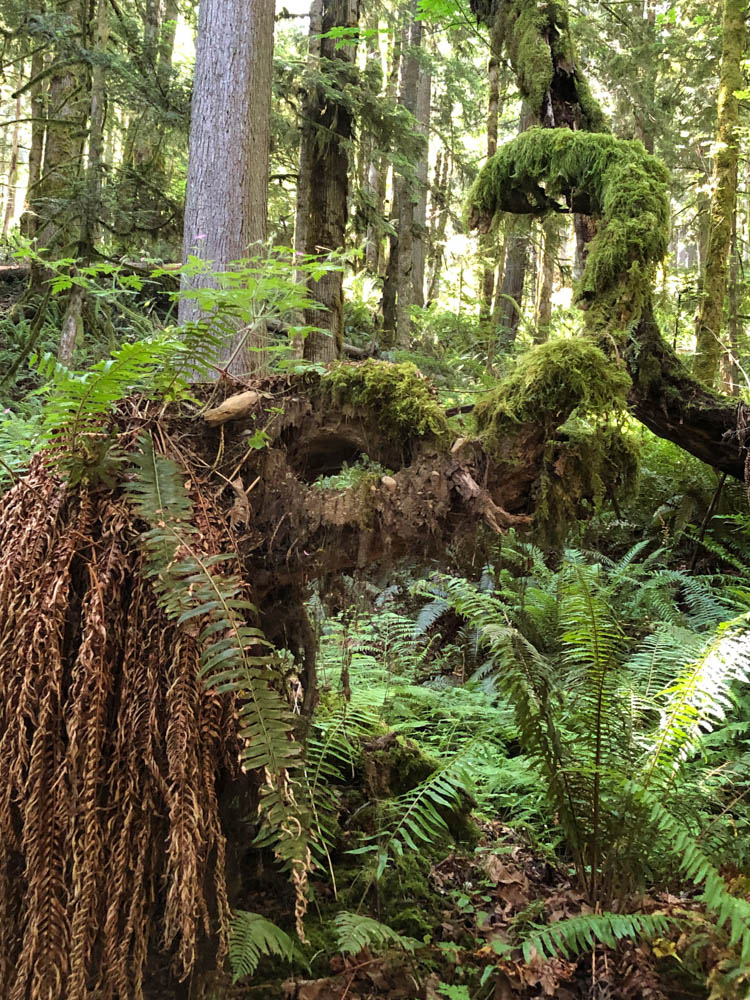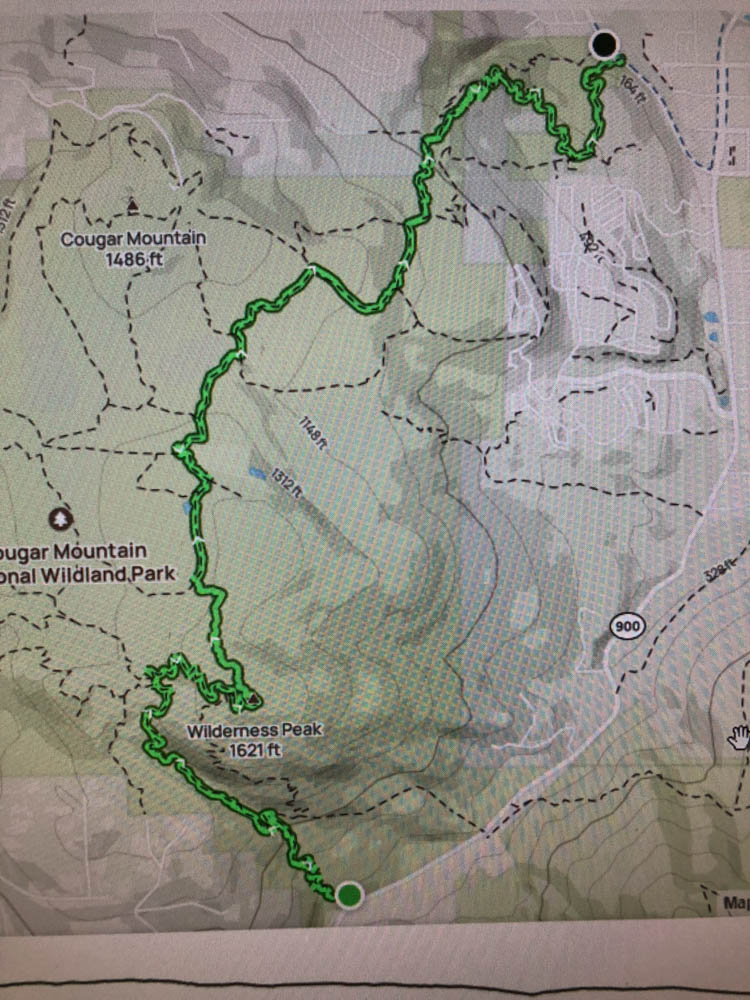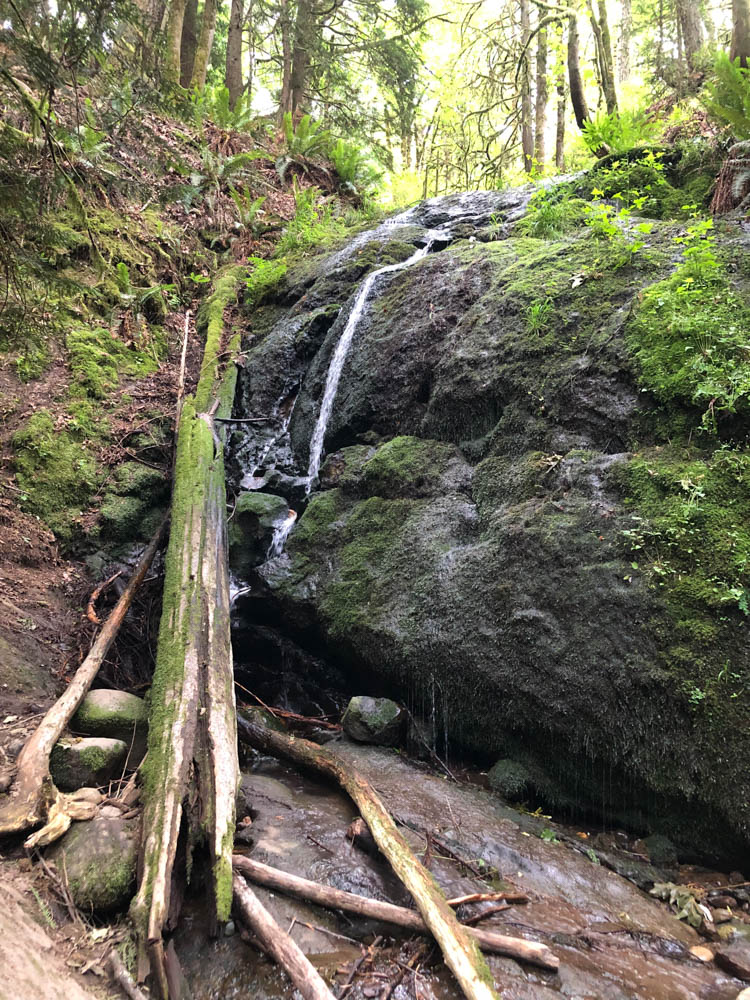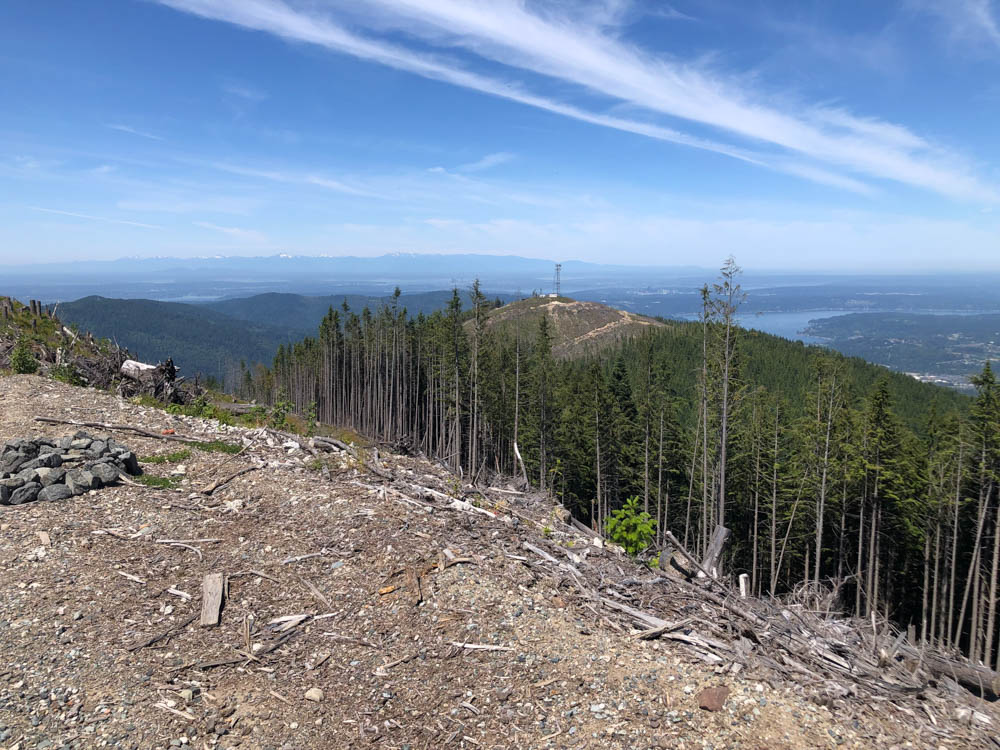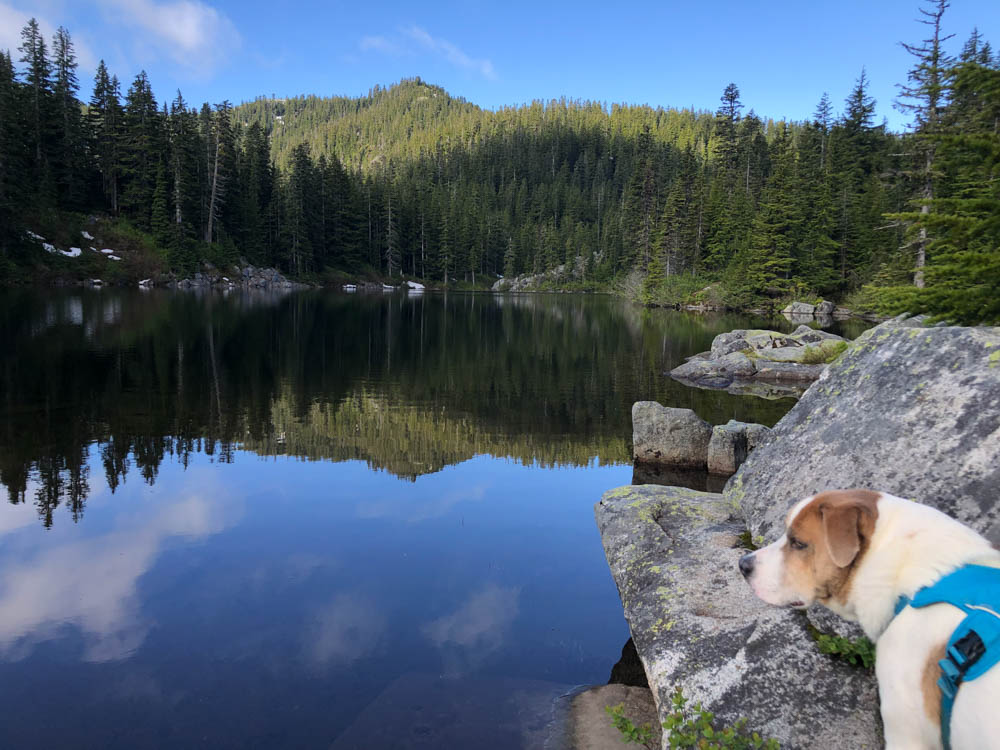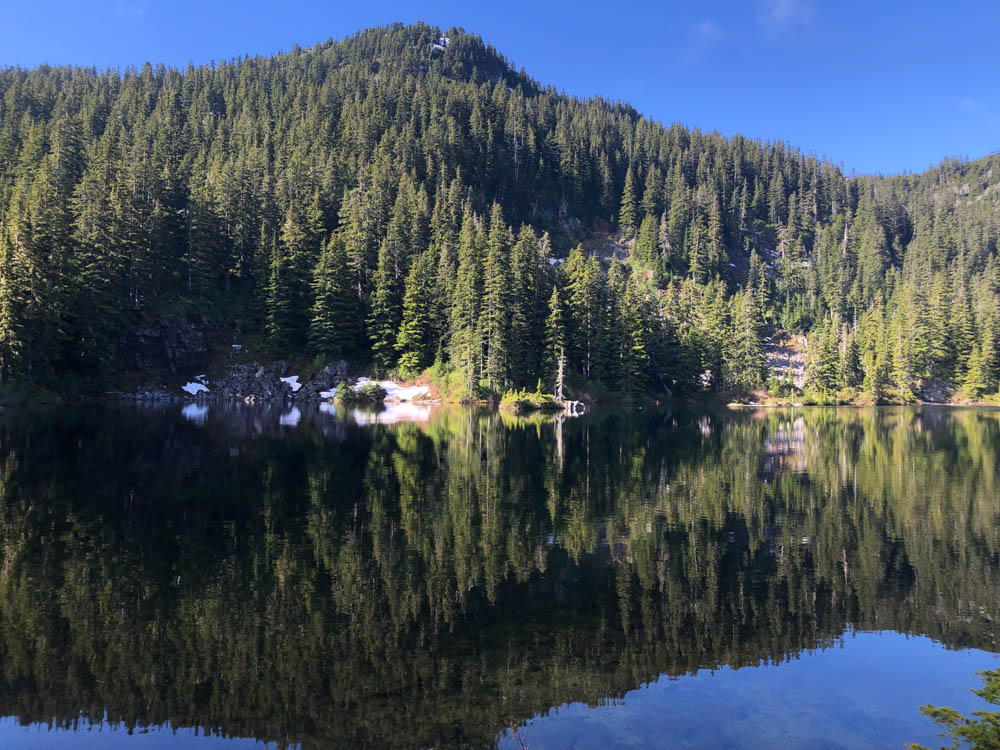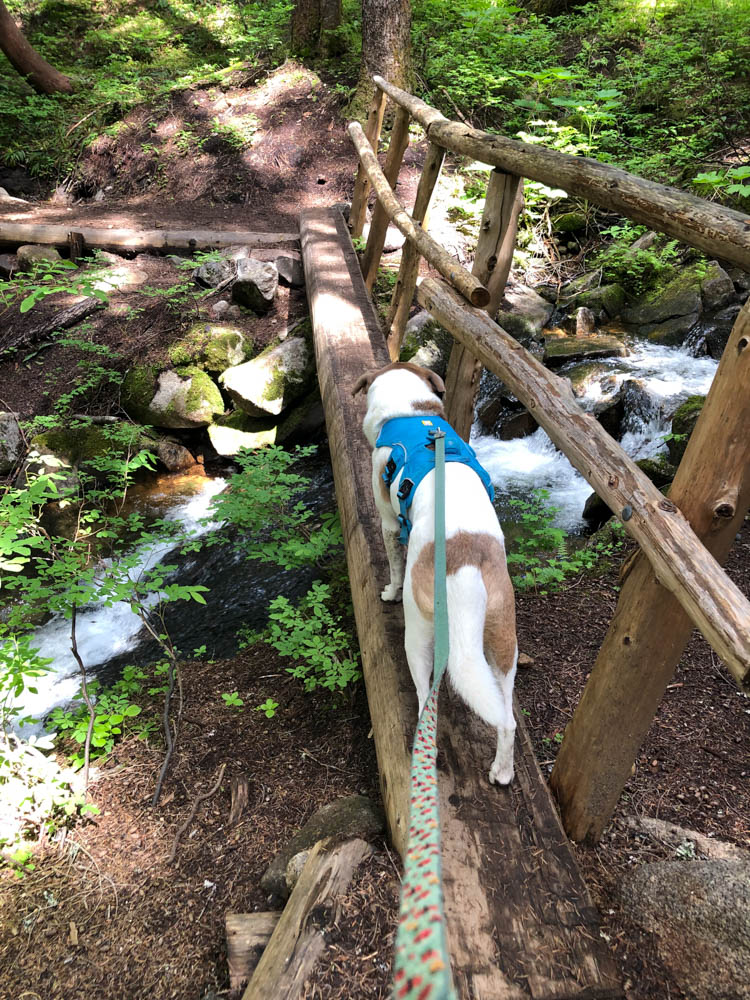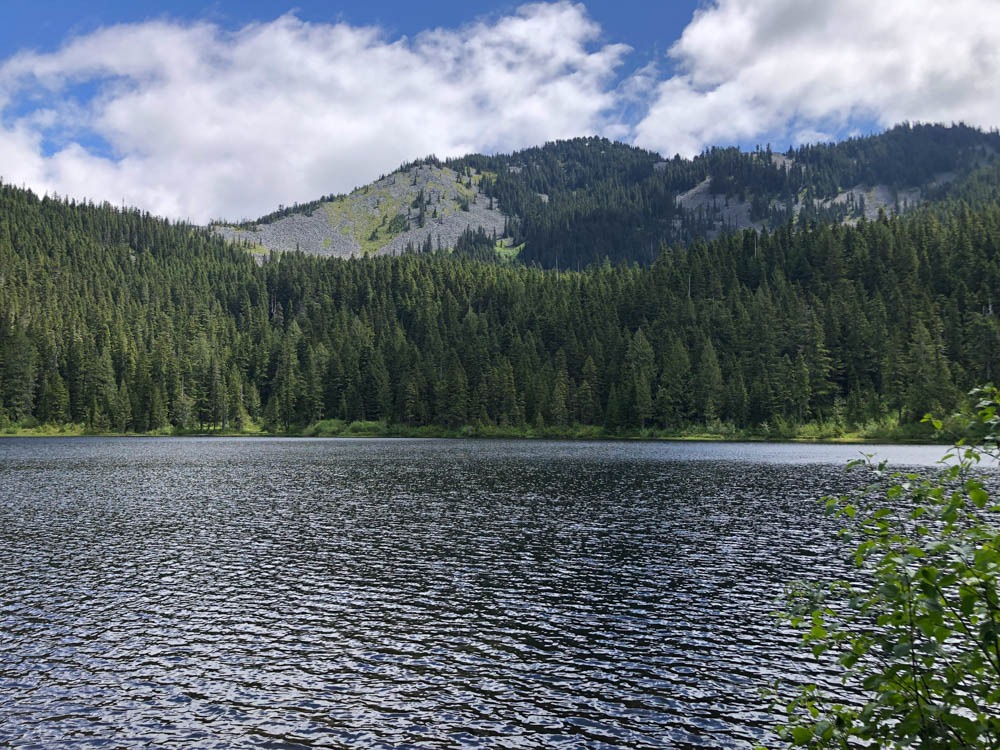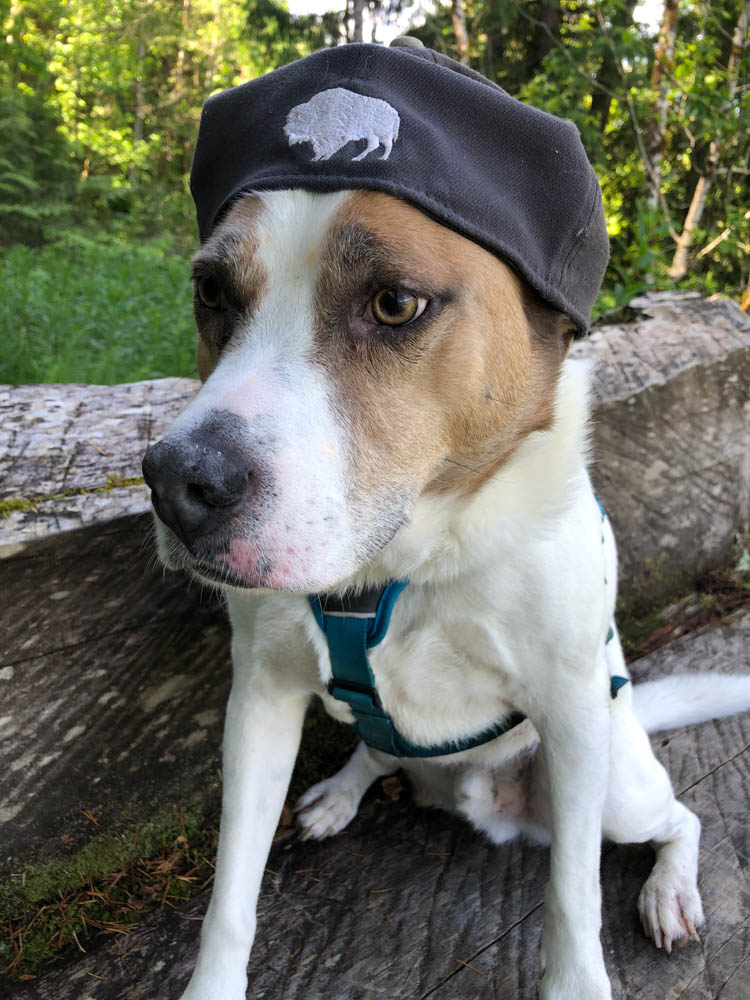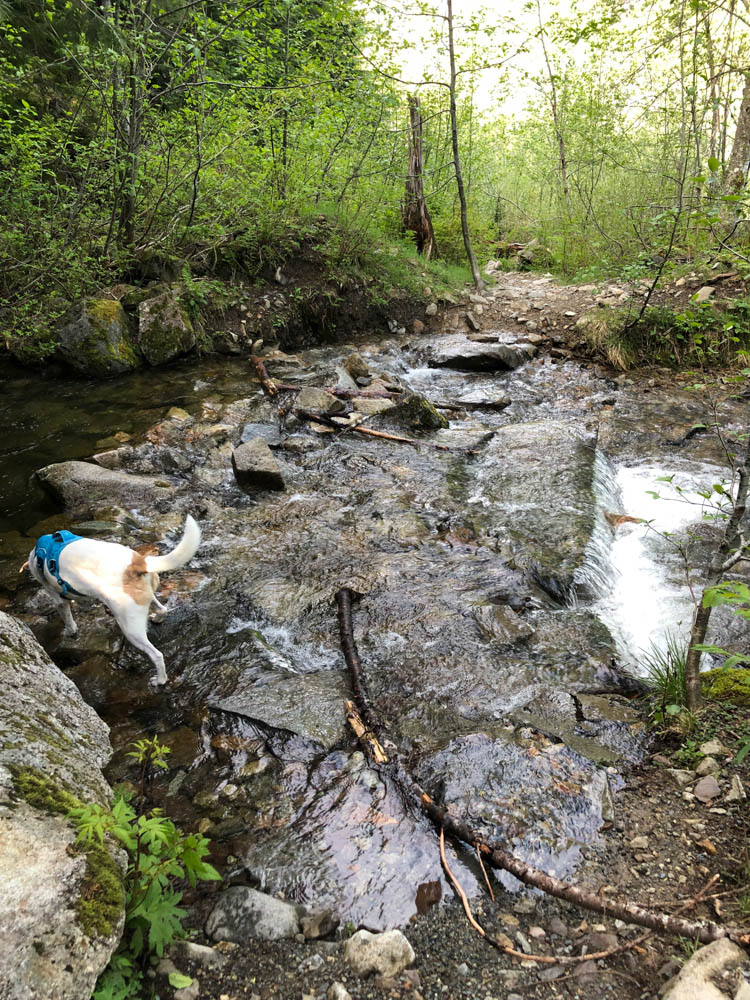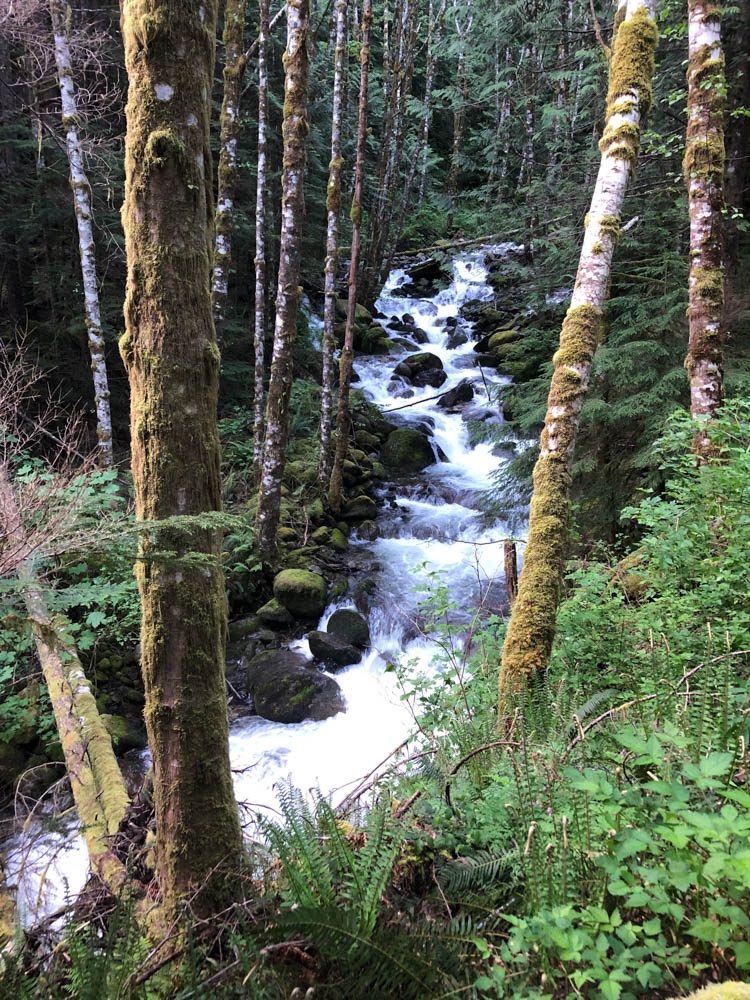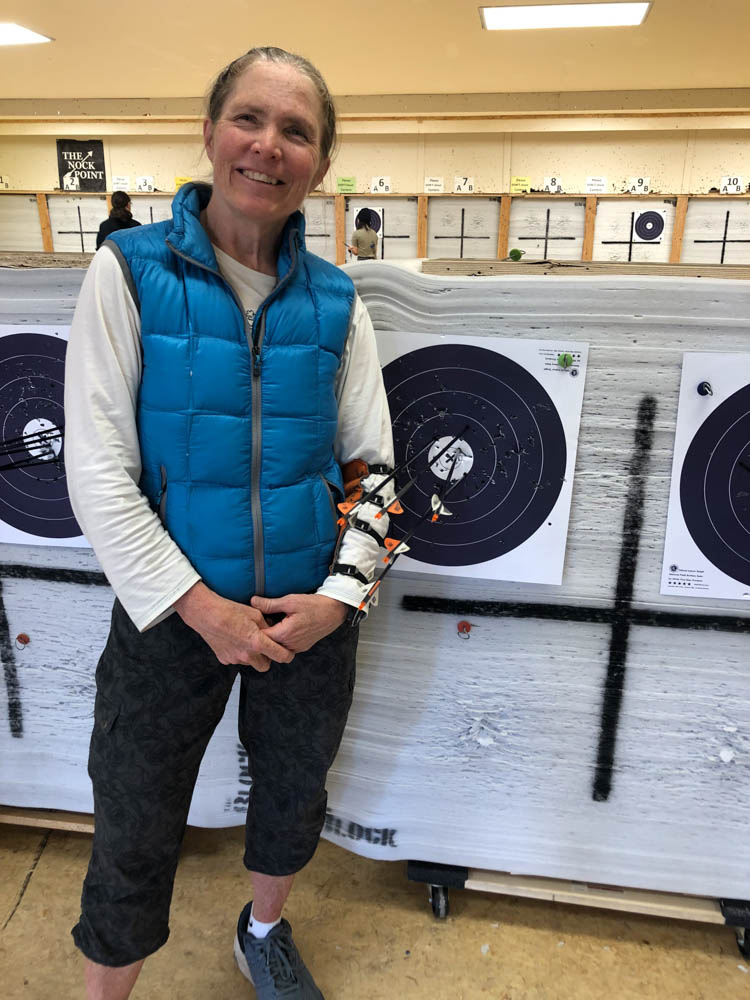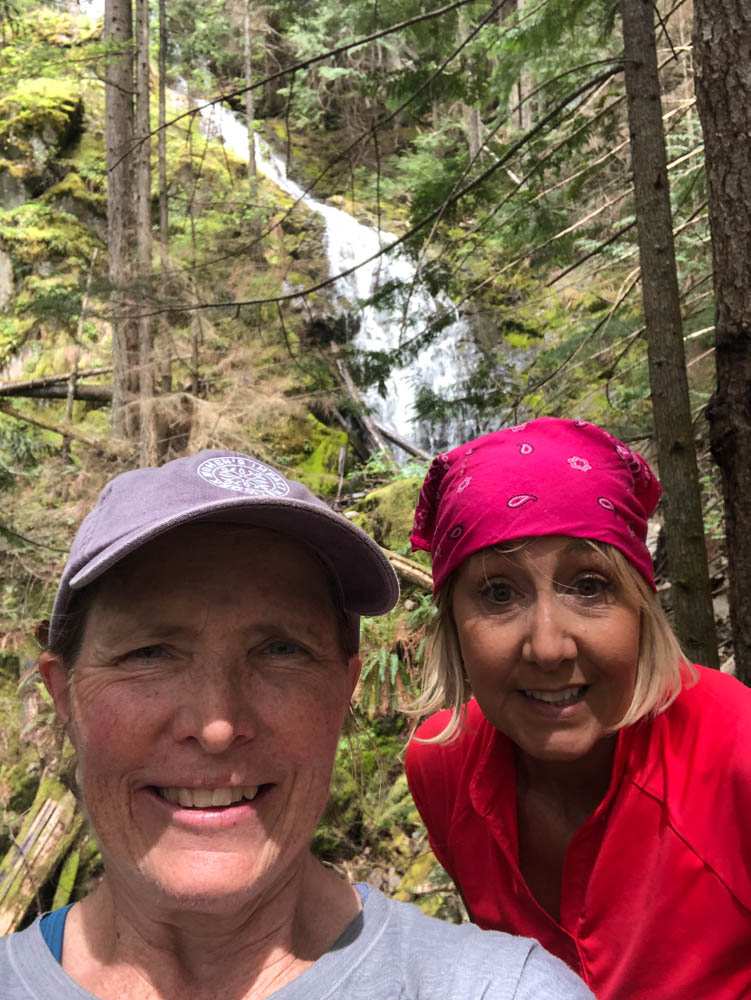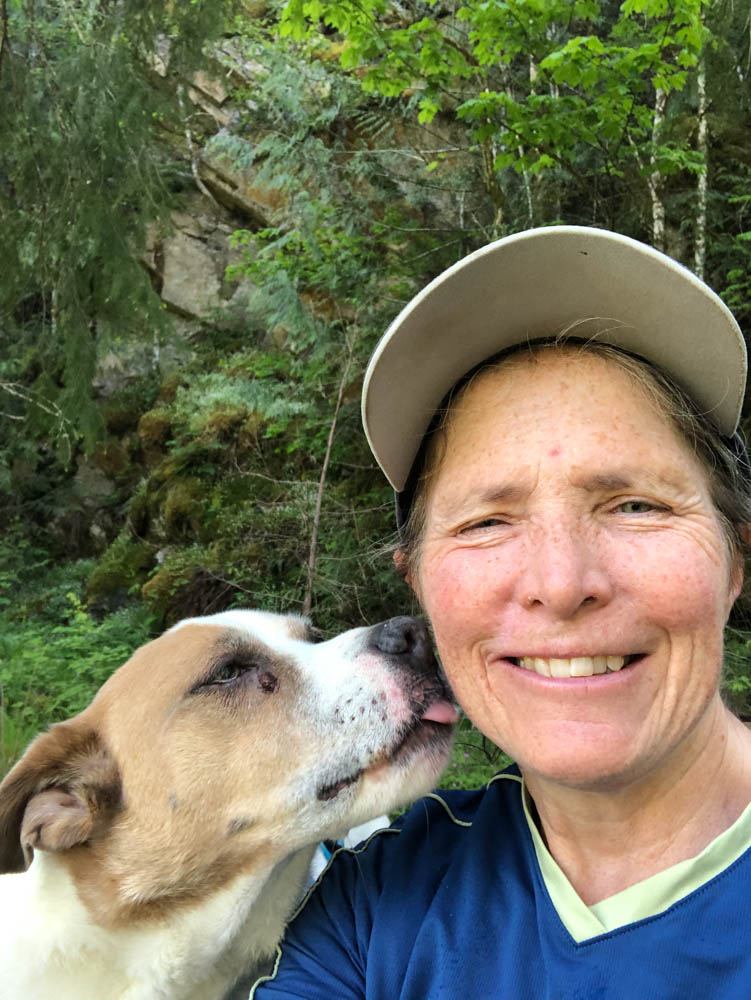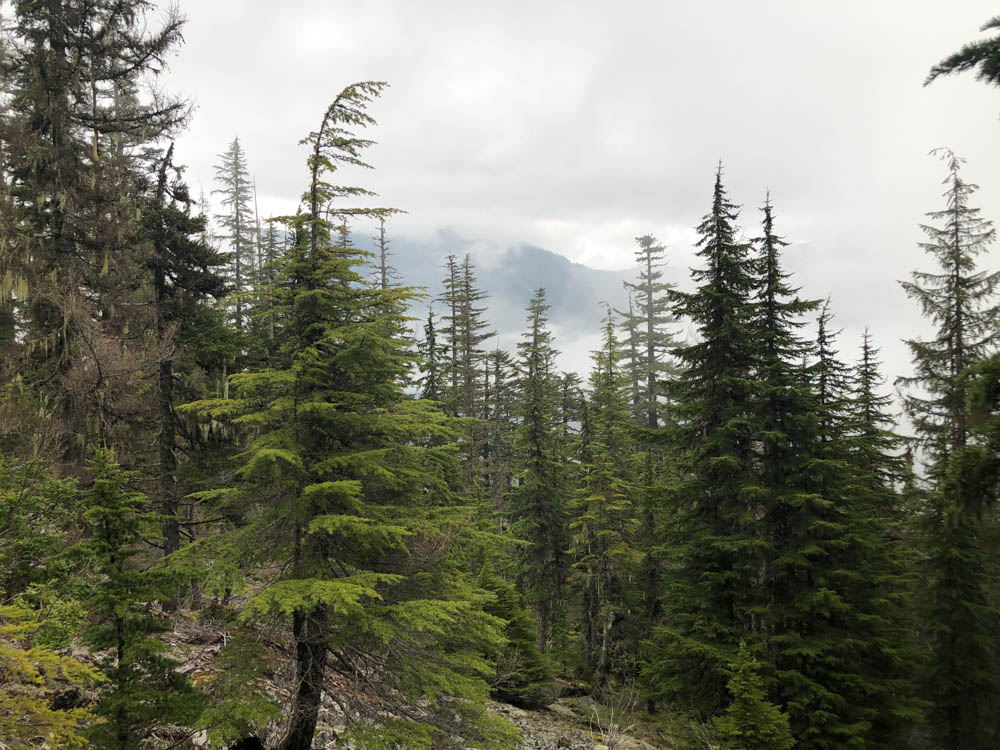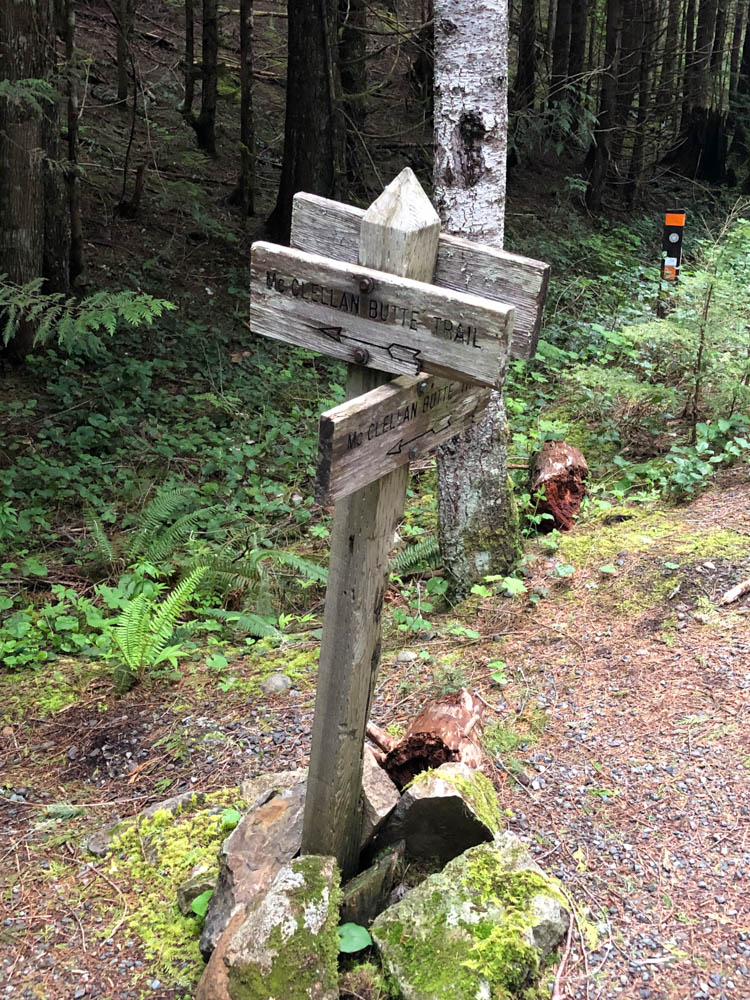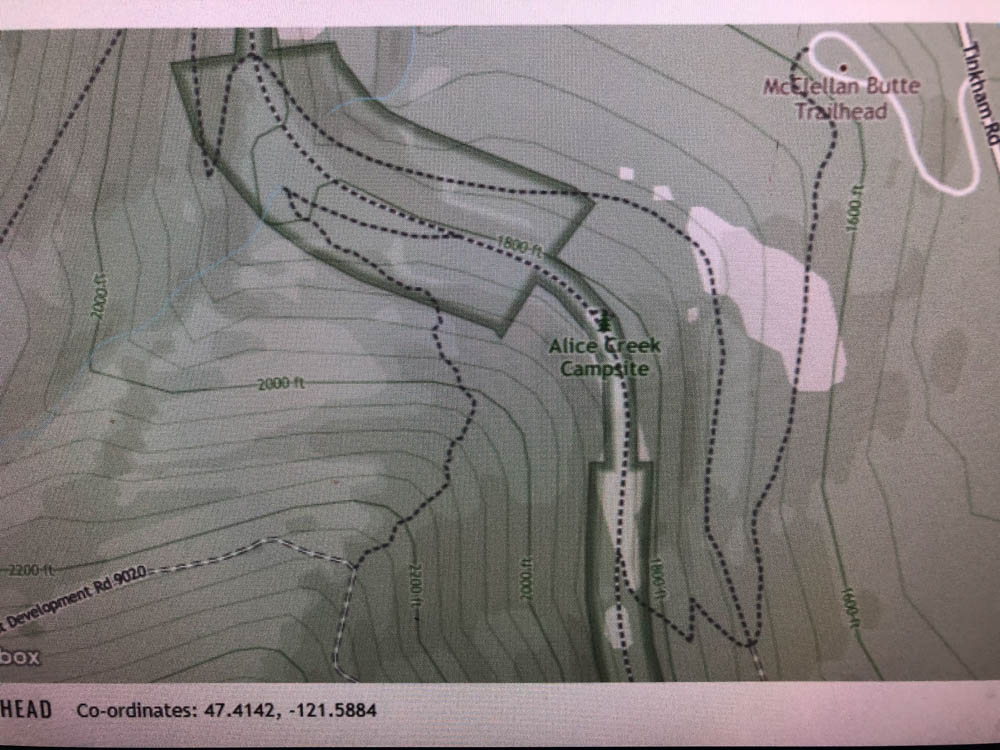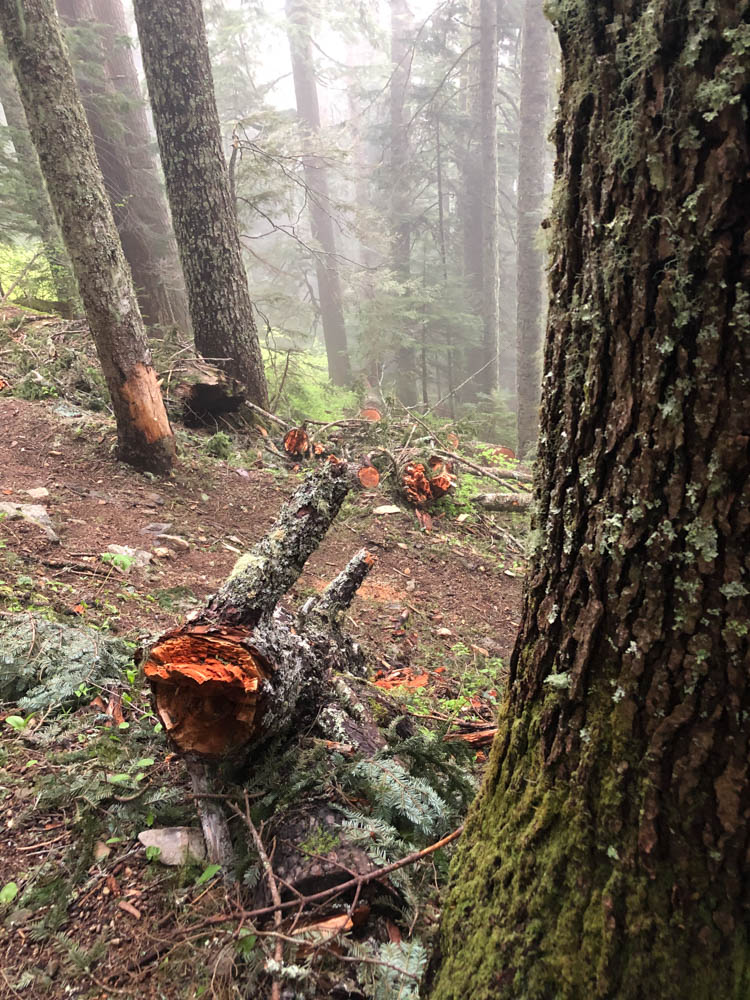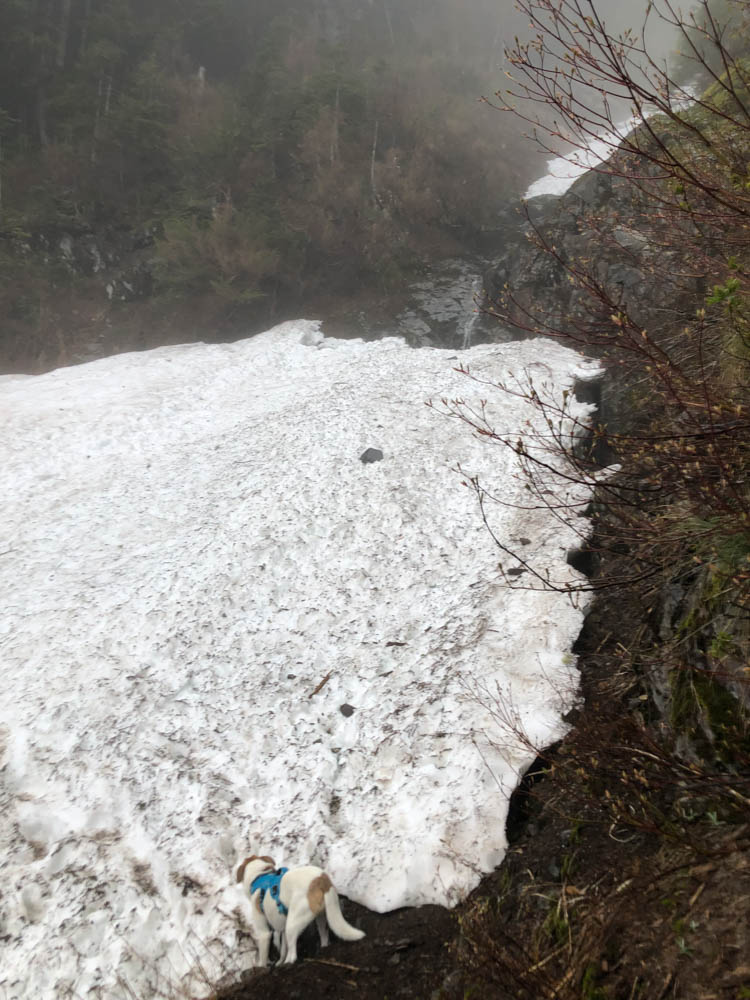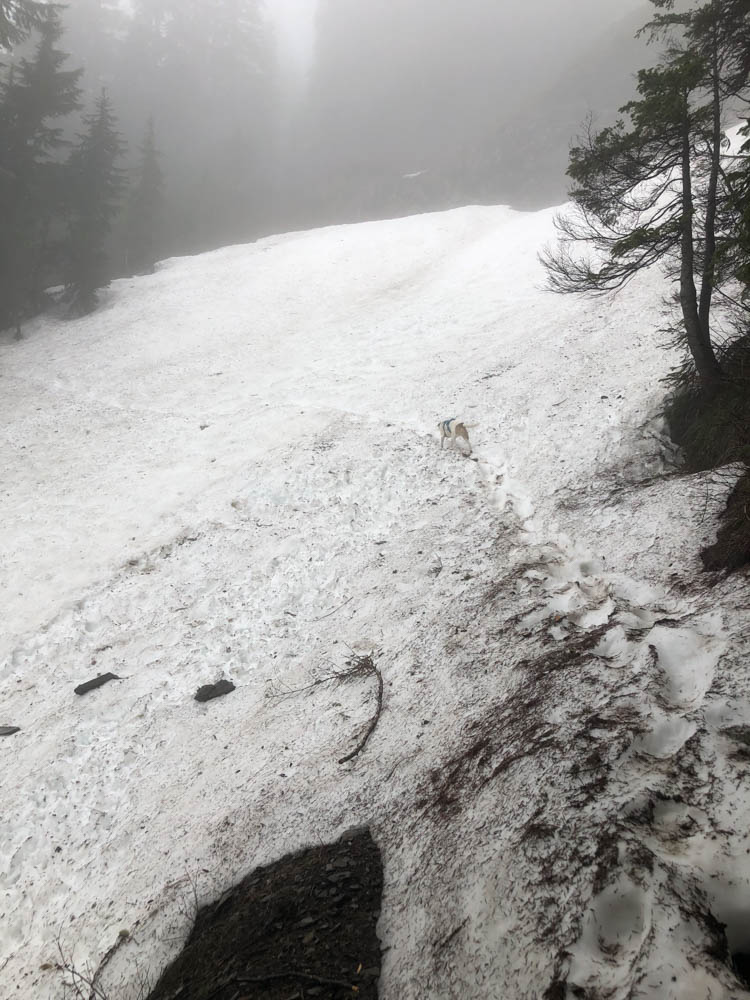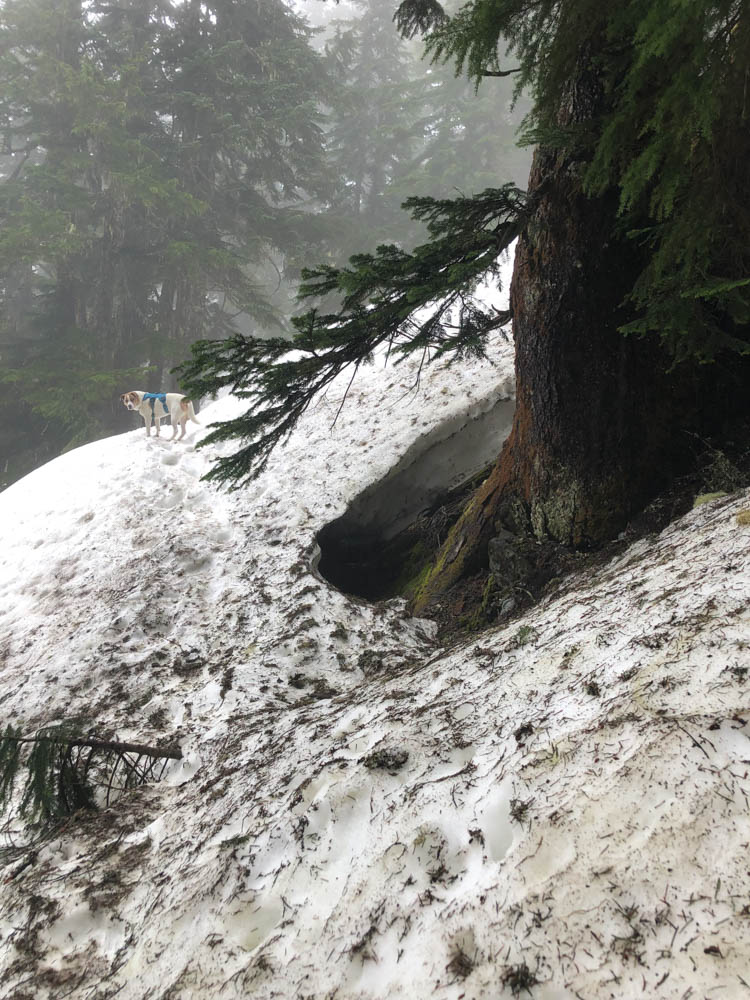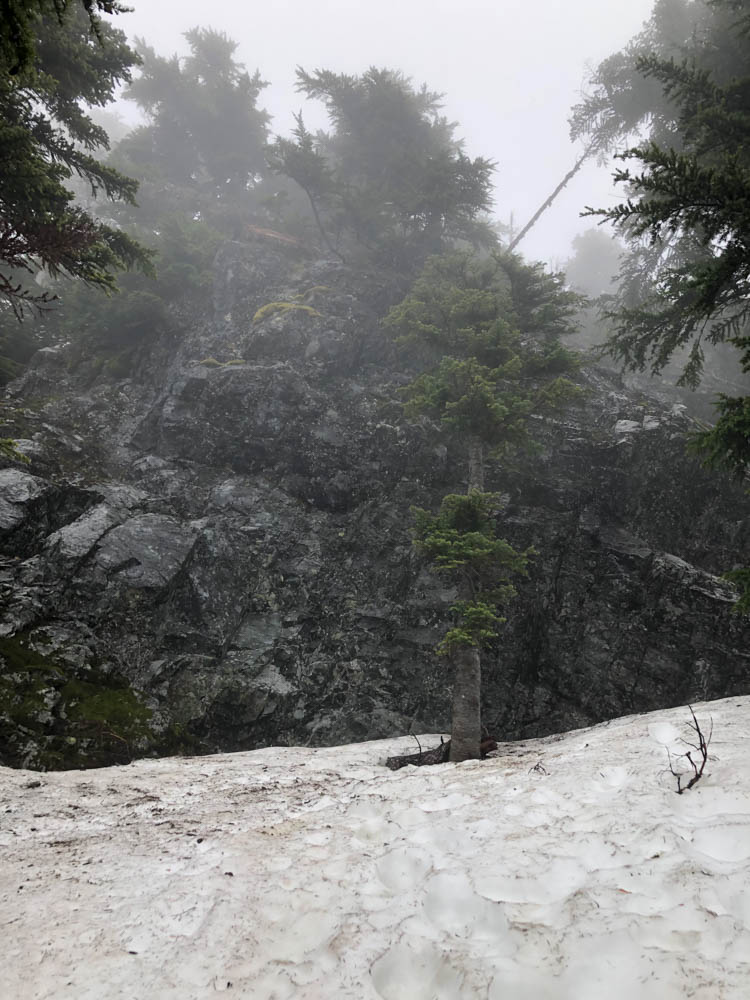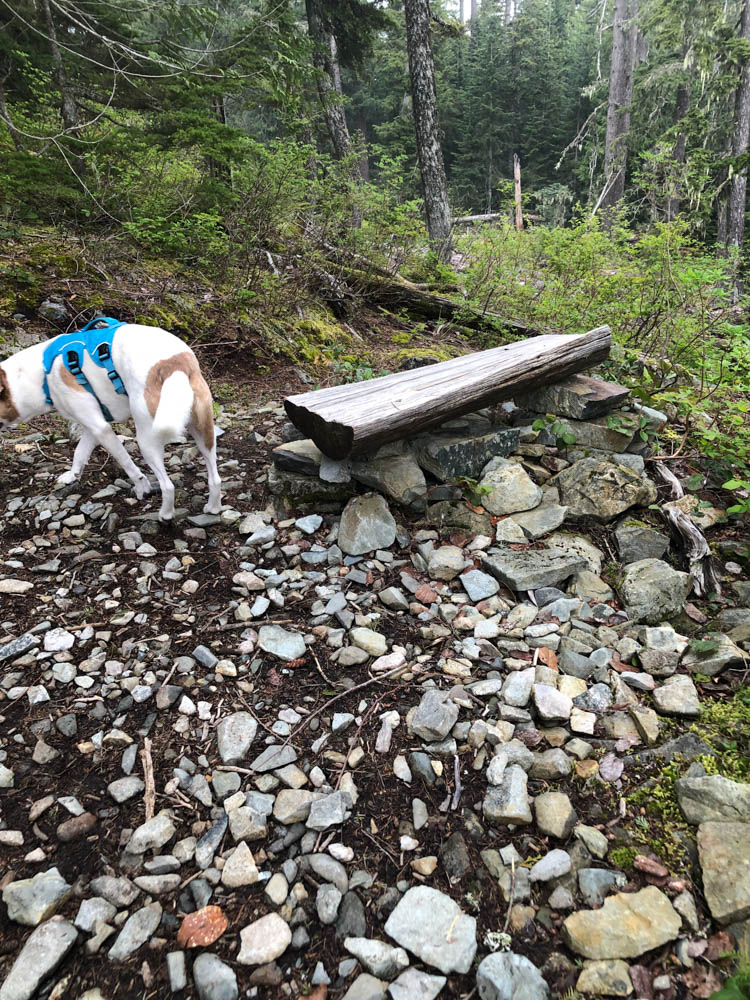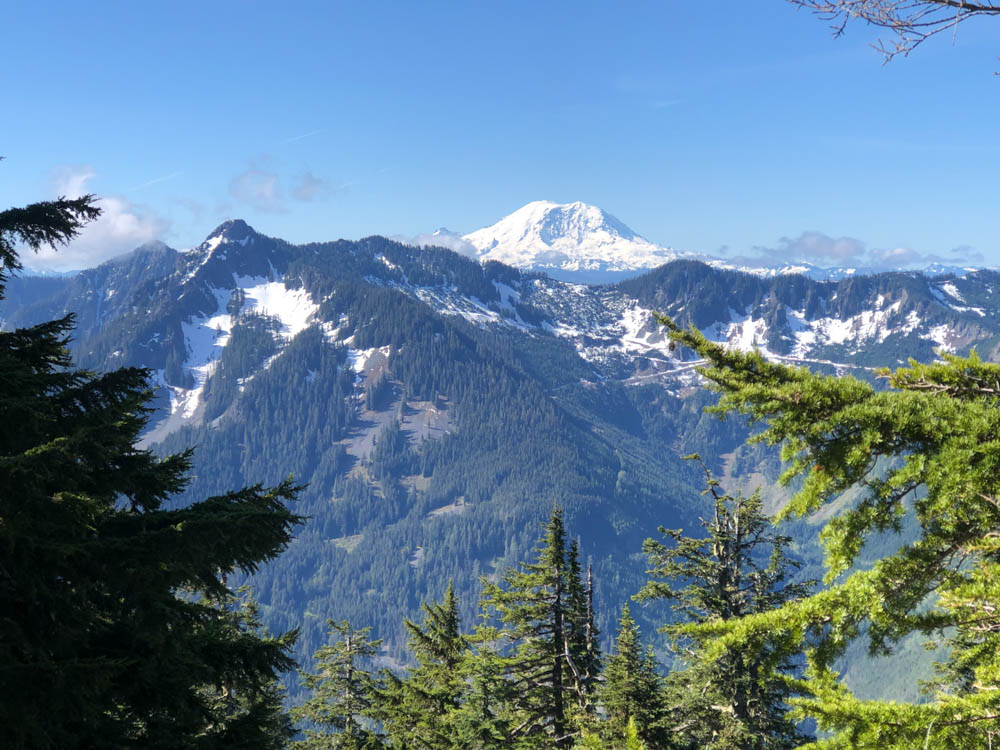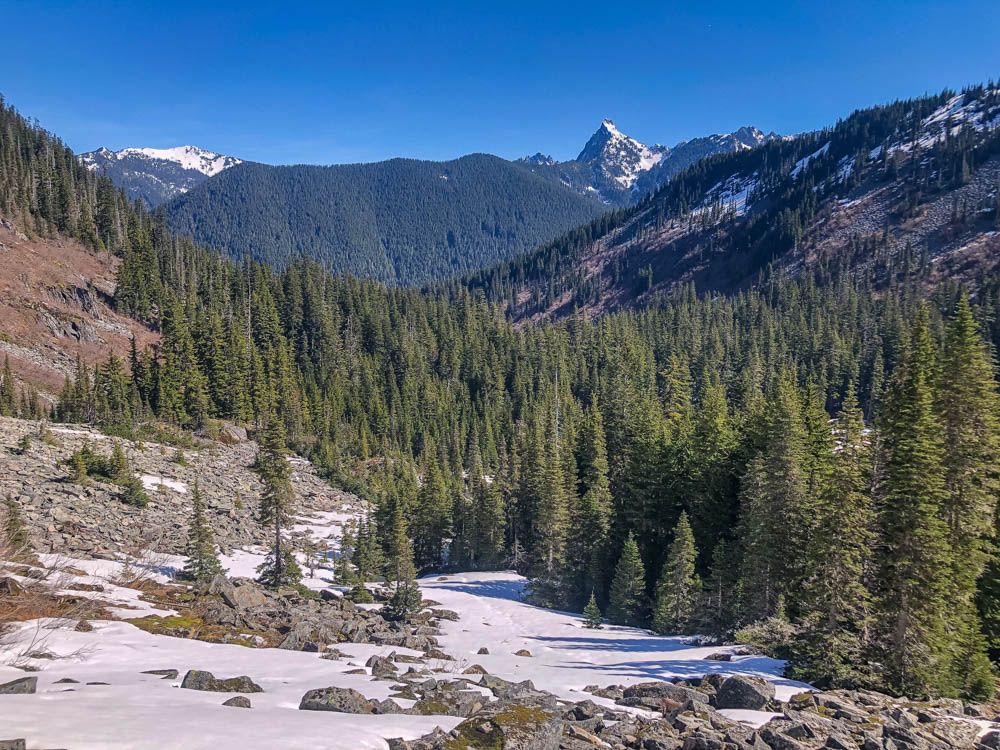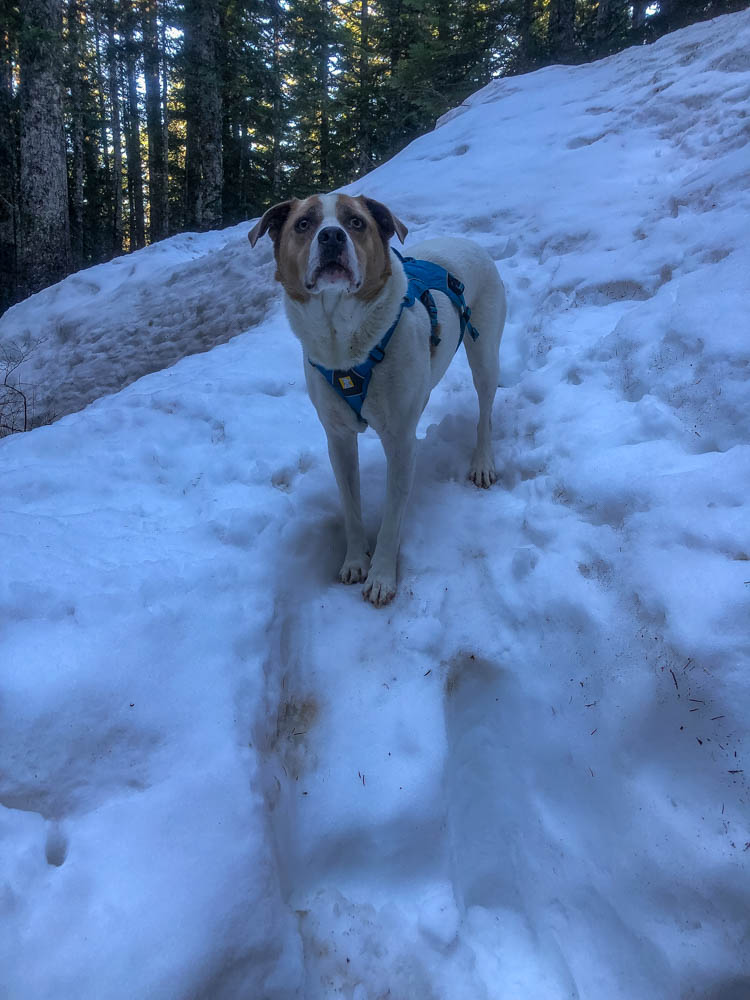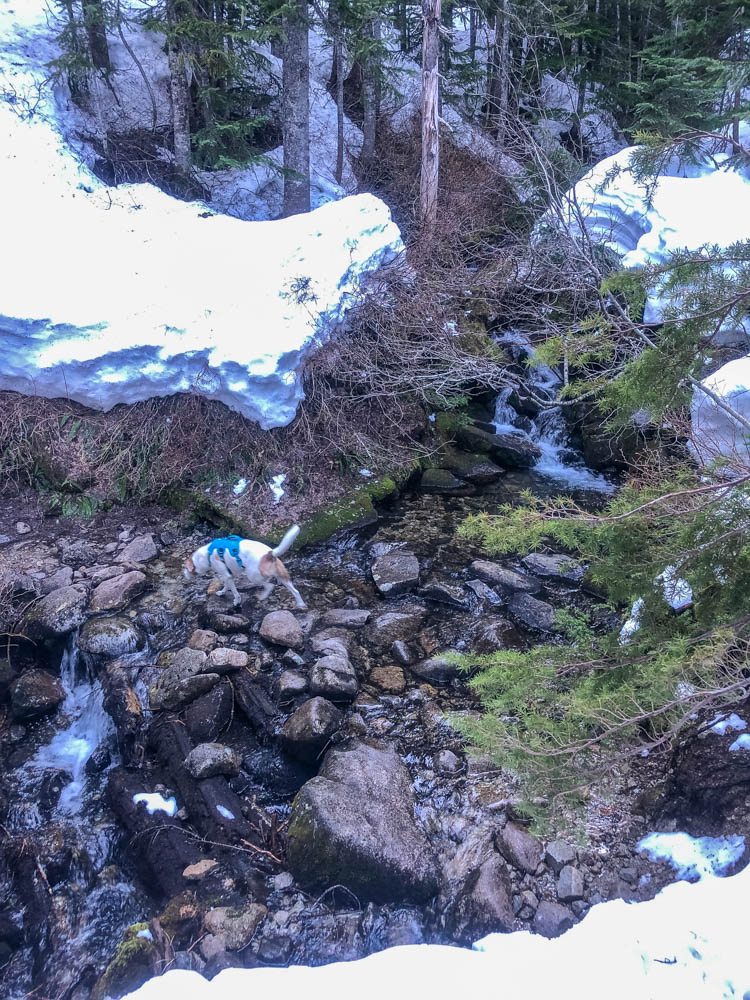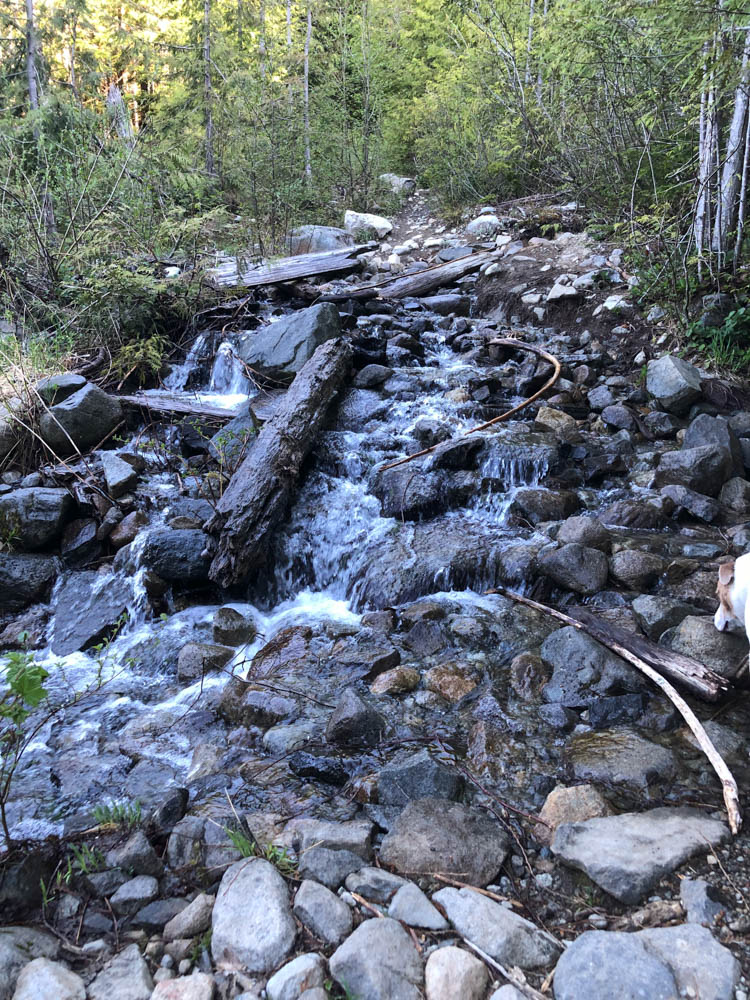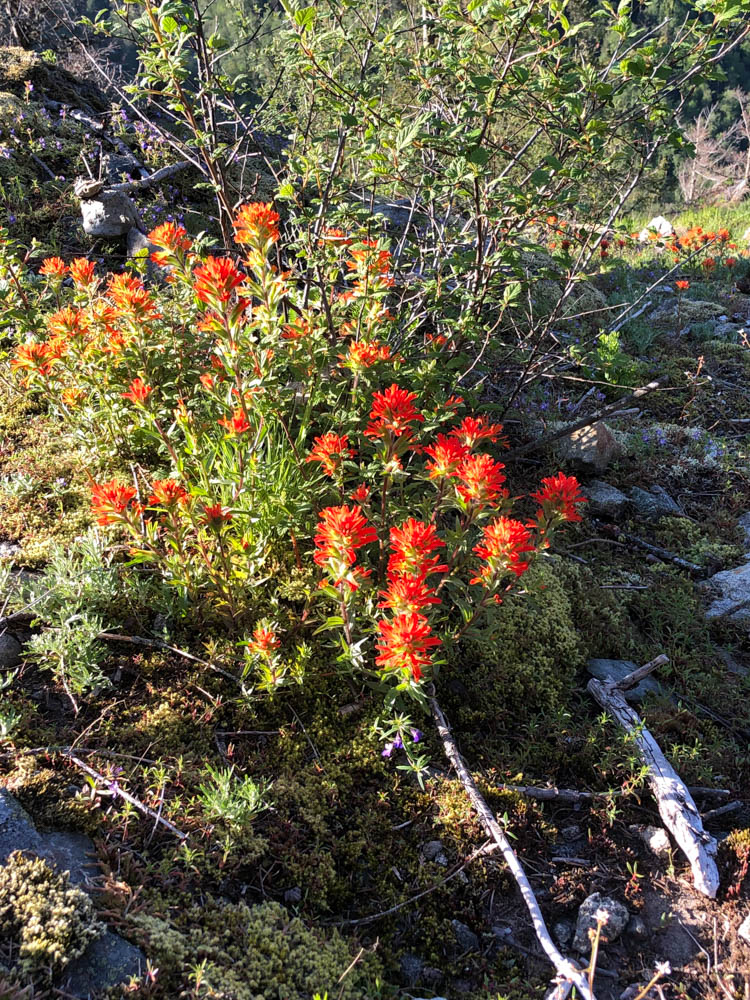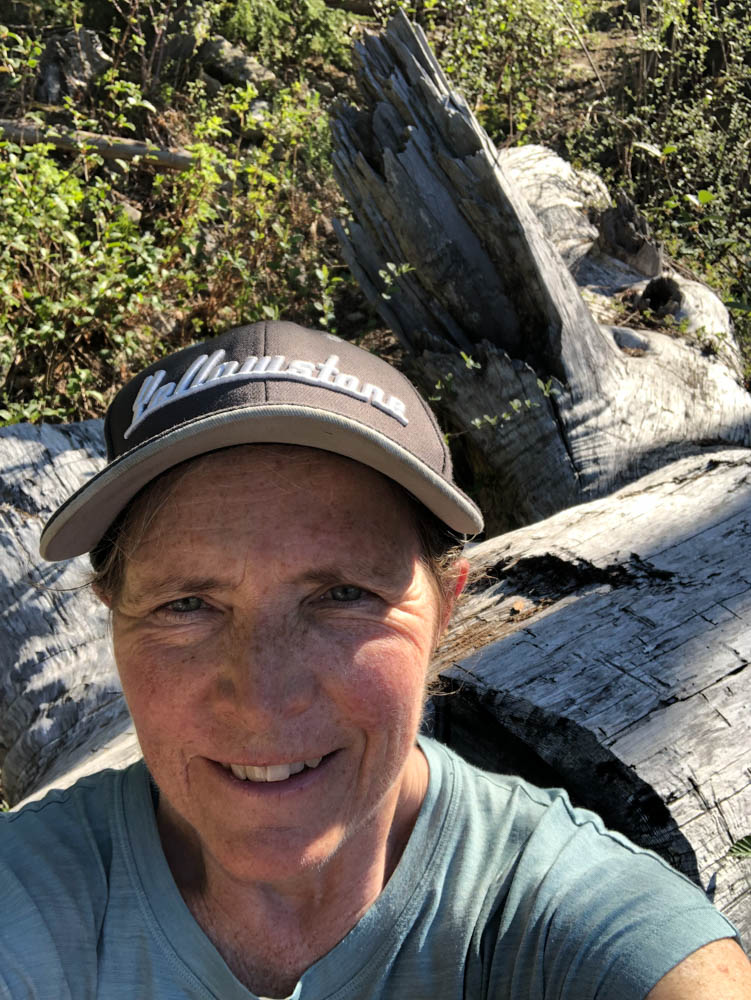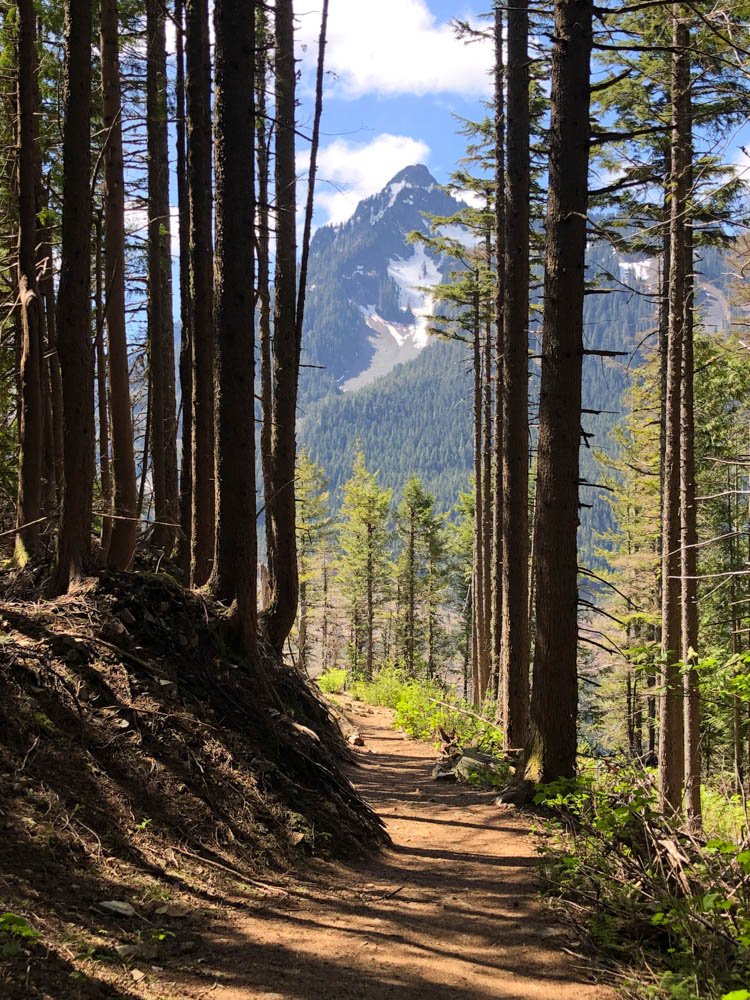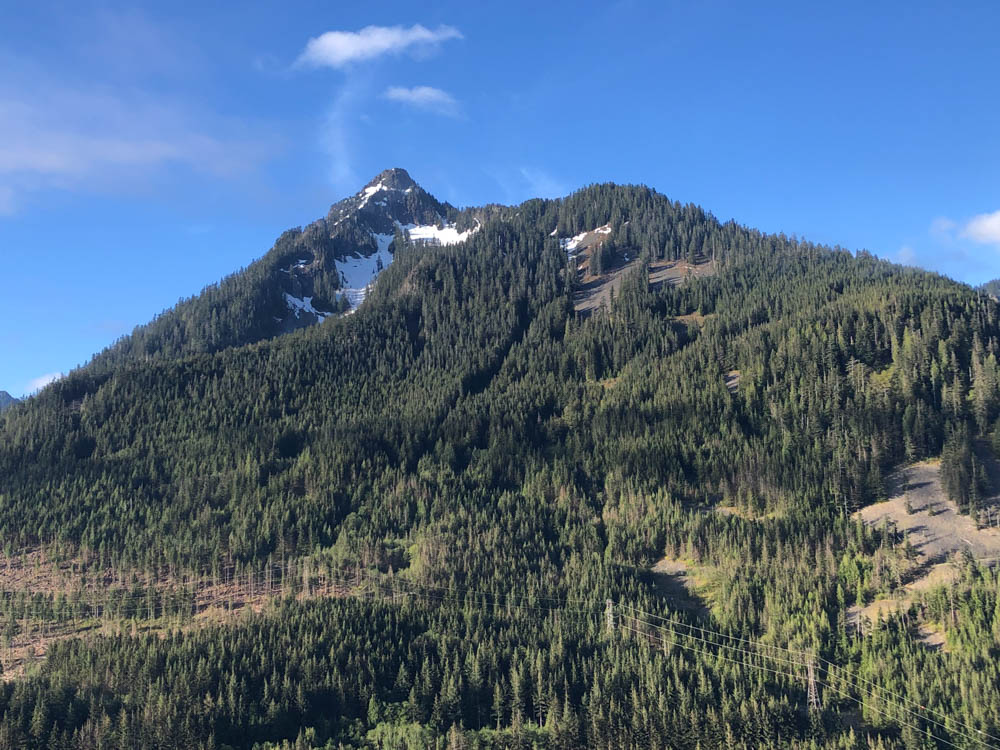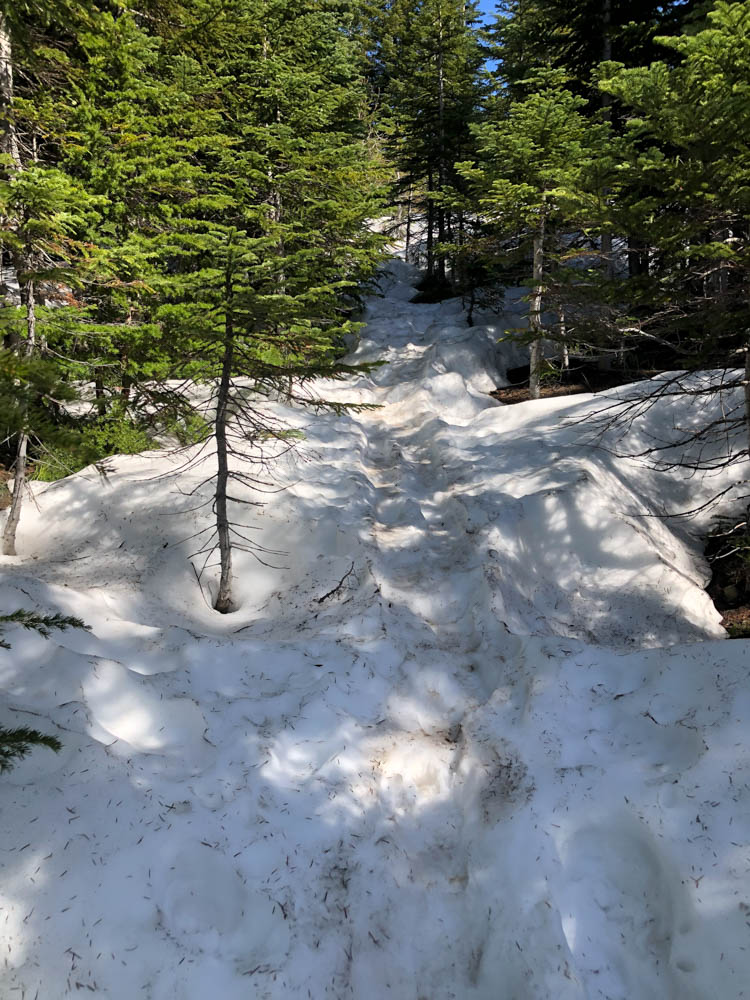Having just completed the NBC-HWC certifying exam this week, I’ve been contemplating what I’ve learned about myself over the past fifteen months. This week, I share the value of embracing a beginner’s mindset, particularly as it relates to hiking with two new partners.
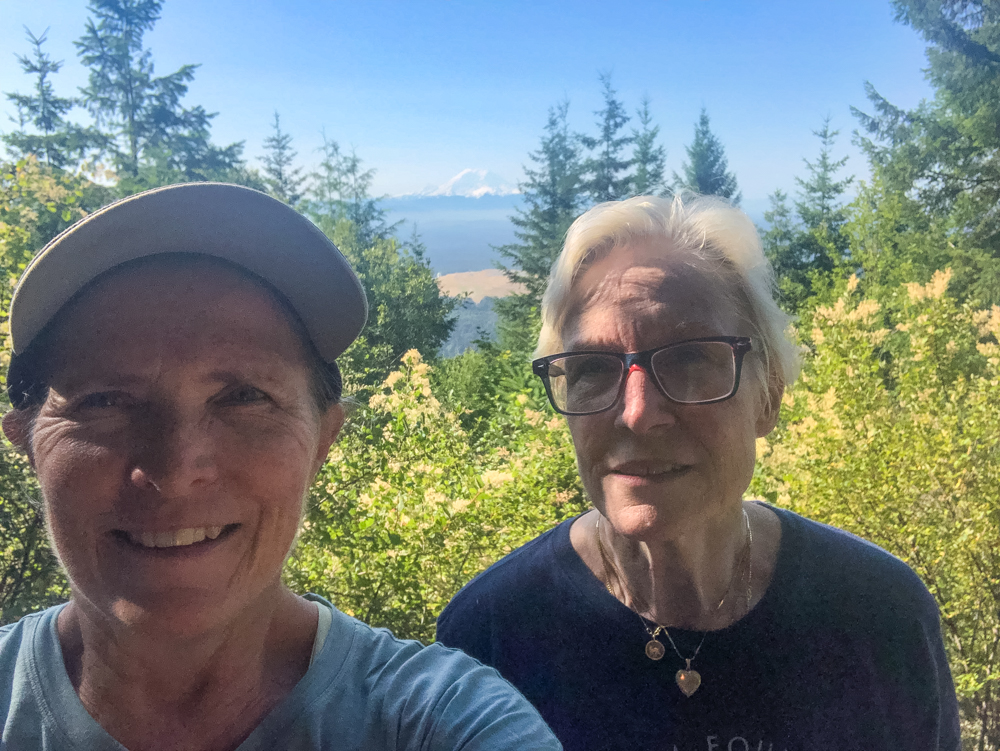
Beginner’s Mindset in Coaching
After 40 years of hiking, I’m still learning new things about what recreation looks like for myself and others. My job as a coach includes helping individuals reach their outdoor goals safely. I adjust my mentoring style based on each individual. The process of achieving a desired objective varies depending on who is learning.
This year I acquired two new hiking partners. My 20-year-old daughter is relatively new to hiking and adores visiting alpine lakes. The other is a senior novice hiker, former triathlon racer, and two-time survivor of lung cancer. While mentoring them both, I’ve reminded myself of the value of embracing a beginner’s mindset in coaching. We’re all starting from somewhere, either from scratch or maybe from a setback. Where we start helps determine the path toward our goals.
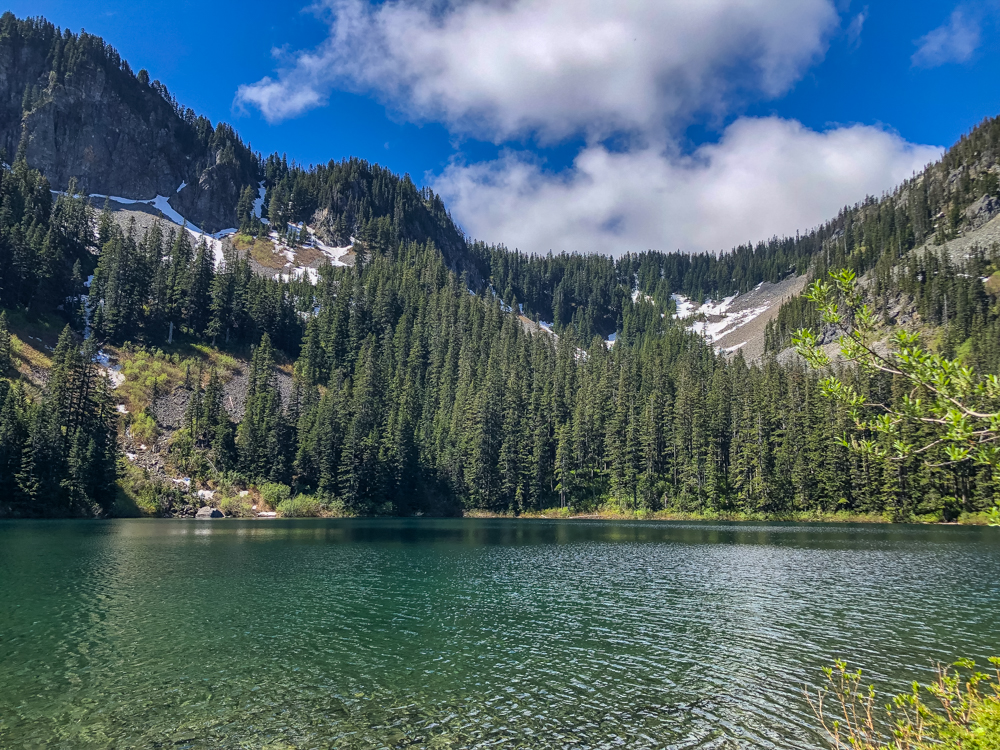
Starting from Scratch
When trying something new, first set reasonable expectations. Proper warm-up, pacing, nutrition intake, and progress look different for everyone. As you begin your journey, pay attention to your body’s needs to stay safe.
An example of setting reasonable expectations is setting an appropriate pace, which varies depending on the activity. Someone climbing Mt. Rainier with a guide service will need to be able to carry a heavy pack to Camp Muir in under six hours to get a chance to continue to the summit. But such a “do or die” approach on casual hikes is likely to backfire, especially with a novice.
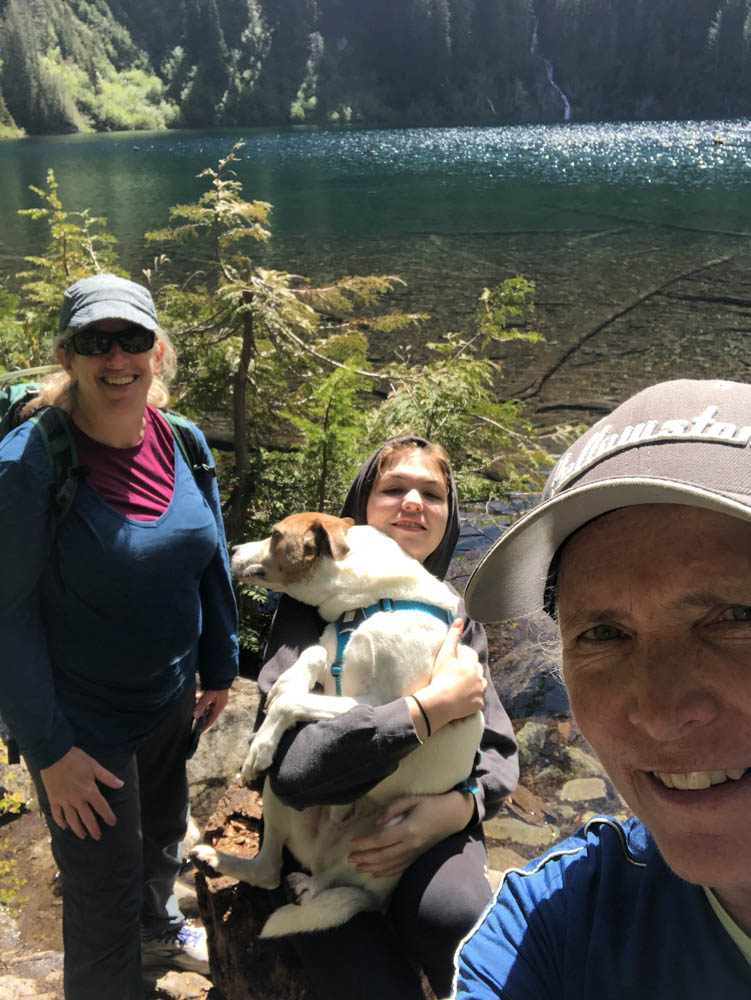
Beginner’s Mindset with Teens
On my daughter’s first hikes, she would power ahead at a quick pace, only to drop back when fatigue set in. Rather than make suggestions (which often backfires with teenagers), I let her learn from her own experiences. A summer later, she understands that a steady pace – aka “Mom’s way” – results in sustained energy rather than bonking. On our first hike to Annette Lake in early June, she handled pacing like a pro. She just needed to permit herself to start slowly.
There is beauty in being a beginner – take advantage of it! Nothing compares to the excitement of trying something for the first time. Just remember to be patient with yourself. Don’t forget that your second goal (after being safe) is to have fun.
Beginner’s Mindset: Starting from a Setback
Returning to recreation after a long pause can be challenging. As our bodies grow and change, what they need to achieve recreational objectives also changes. My friend Cathy assumed from her triathlon days that activity only counted if you pushed yourself. Hard. But hard is not sustainable, especially when starting over.
Recreation looks different when you’ve survived lung cancer twice. Activities are not races, and it’s okay – strike that, encouraged – to start slow until your muscles, joints, and lungs warm up. Then, you can vary your pace as you feel comfortable, striving to stay conversational to avoid wearing yourself out.
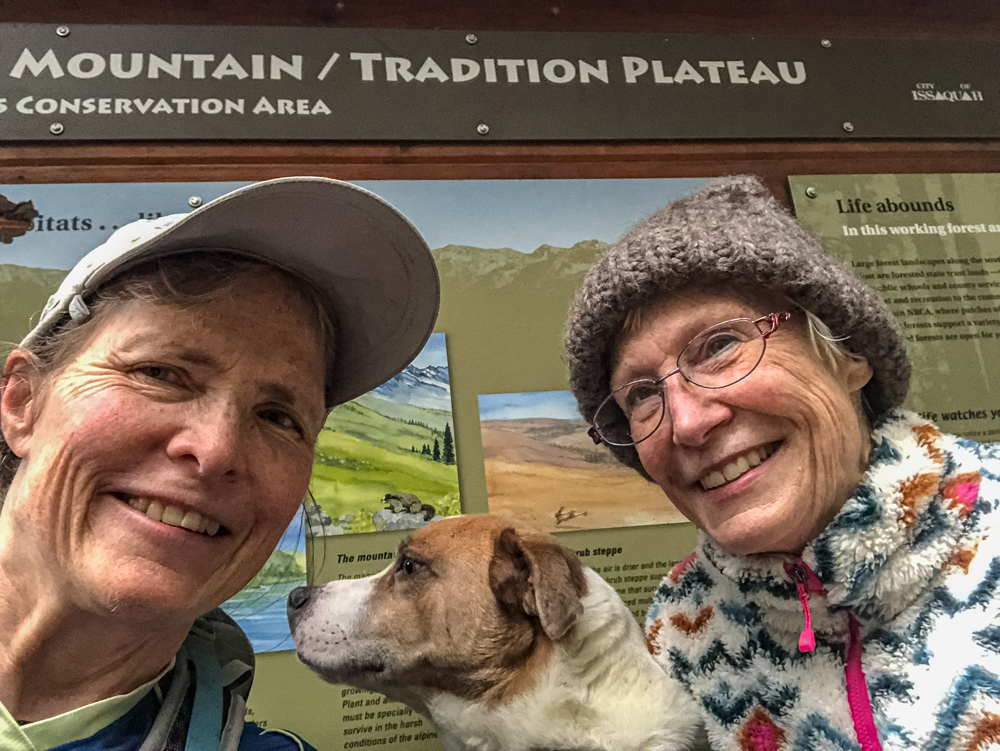
Lessons Every Hiker Must Learn
I’ll never forget the first hike Cathy and I did together in January. We hiked the Tradition Lake Loop on Tiger Mountain. She was so excited and nervous, she hardly slept the night before. After a comfortably paced hike, we returned to the parking lot. She was beaming! We had completed the hike without her having any lung difficulties. Being kind to our bodies goes a long way.
Another component of understanding our bodies’ needs as beginners is proper hydration and fueling. During her hiking progression, Cathy experienced a migraine on one hike, dehydration on another, and intestinal issues on a third before eventually realizing that she wasn’t bringing or consuming enough water and food.
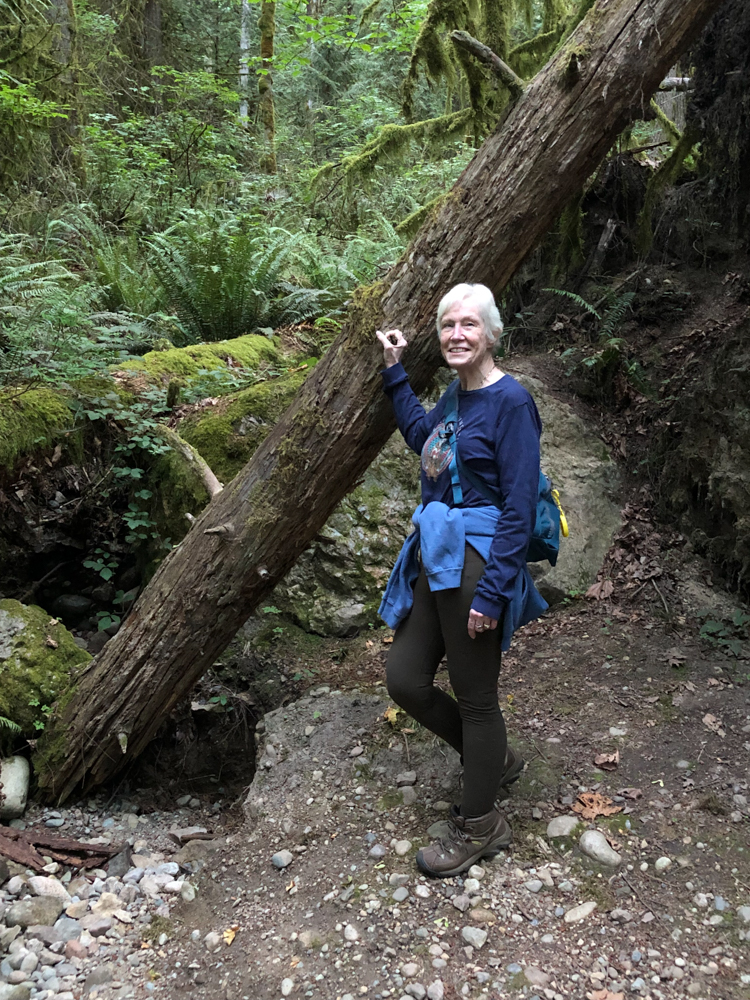
Learn from Mistakes: the Biggest Gift of a Beginner’s Mindset
Owning a beginner’s mindset means recognizing that it’s natural to make these mistakes when first starting. It’s up to us to listen carefully to our bodies and adjust appropriately. Most important, however, is learning from those mistakes. Learning when and how to snack and drink will build your autonomy and confidence. It’s not true that we’re only beginners once; anytime we try something new, we’re beginners all over again.
Now Cathy knows to arrive at the trailhead with a sling or pack containing snacks, migraine medicine, coconut water, and a protein shake. When she returns to the car smiling after a seven-mile hike with 1,600 feet of elevation gain, I know she has developed new skills that will help her reach her goals, both on and off the mountain. I love hearing that the mountains have become her “happy place.”
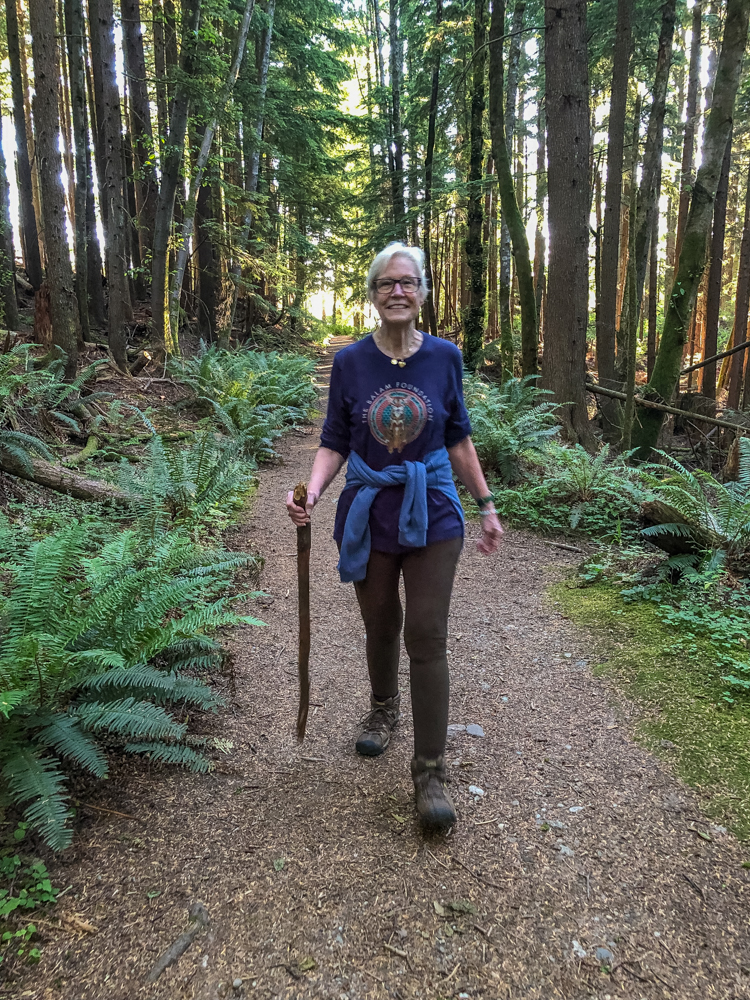
Redefined Goals: Identifying Your Why
Purpose is fluid. As we age, our bodies’ capabilities change. When we explore new activities, our appreciation of the natural world shifts. And as we take on life’s challenges, our passions and expectations adjust. The why behind what we do is in constant flux.
I’ve coached climbers in the past whose goals were to achieve peak physical condition so they could reach the summit. Their why involved enjoying the climb without slowing anyone down. This has historically been my why too. But in recent years, my why has expanded to embrace slower things.
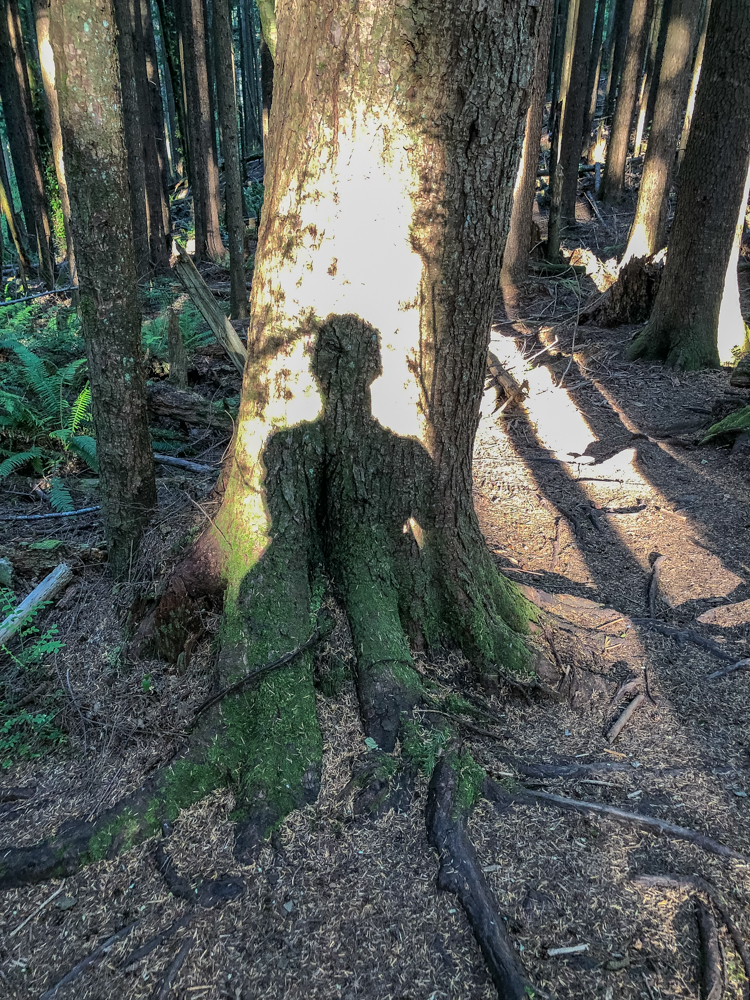
Rather than quickly summiting peaks, I pay attention to birdsong and raging rivers. Depending on the season, I gather berries or take the time to identify flowers. Often I pause to shoot photos of my dog, the landscape, the foliage, or anything unique, such as my shadow or pack-carrying goats on a hike to Annette Lake.
The Search for BLING
I developed an acronym for my new why; BLING: a search for beauty, love, inspiration, novelty, and growth. Recently, I’ve enjoyed searching for BLING with my daughter as we explore her favorite alpine lakes. Having her as a hiking partner expands my trail possibilities, enhancing my sense of purpose, and providing me with memories that will last a lifetime.
Searching for BLING has become more important — and in many ways more enjoyable — to me than carrying a targeted amount of weight for a certain length and elevation gain in a desired time. If we can’t enjoy the journey, what’s the point in even taking it?
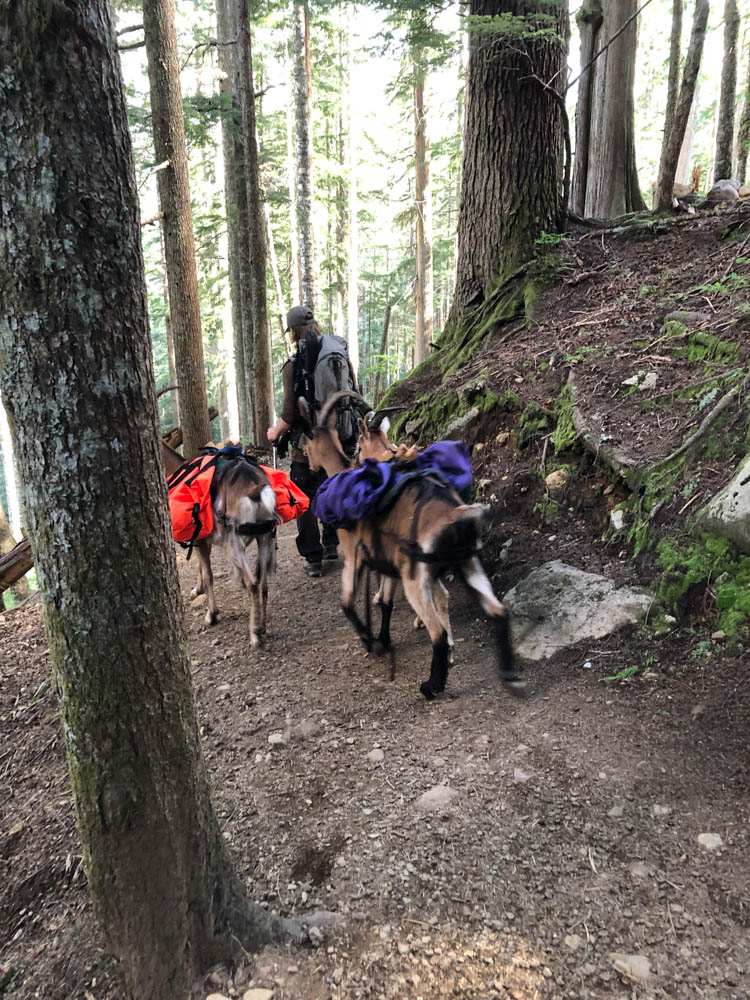
Instead of athletic metrics, I now consider who will be accompanying my hike and what unique features they might enjoy: running water for my dog, lakes for my daughter, and gentler grades for my novice friends. Hiking with people of various experiences and capabilities challenges me to grow and expand in ways I never experienced when my primary concern was reaching the summit.
Embrace Change and Continual Growth
Our perspectives, priorities, and whys change as we make our way through life. Cathy used to run to push herself hard; now she hikes to manage stress, overcome fears, and prove to herself that she can still get outside just as she used to when she was younger.
My daughter used to geocache and play in the creek when she was younger; now she swims in every alpine lake we visit. For me, hiking has become a welcome reprieve from work and life challenges, an opportunity to look for beauty, wonderment, and novelty. And a way to process the inevitable changes I face in anticipation of my new title as a credentialed Health and Wellness Coach come September. I embrace the two months’ wait as a gift, a way to process and prepare for the change.
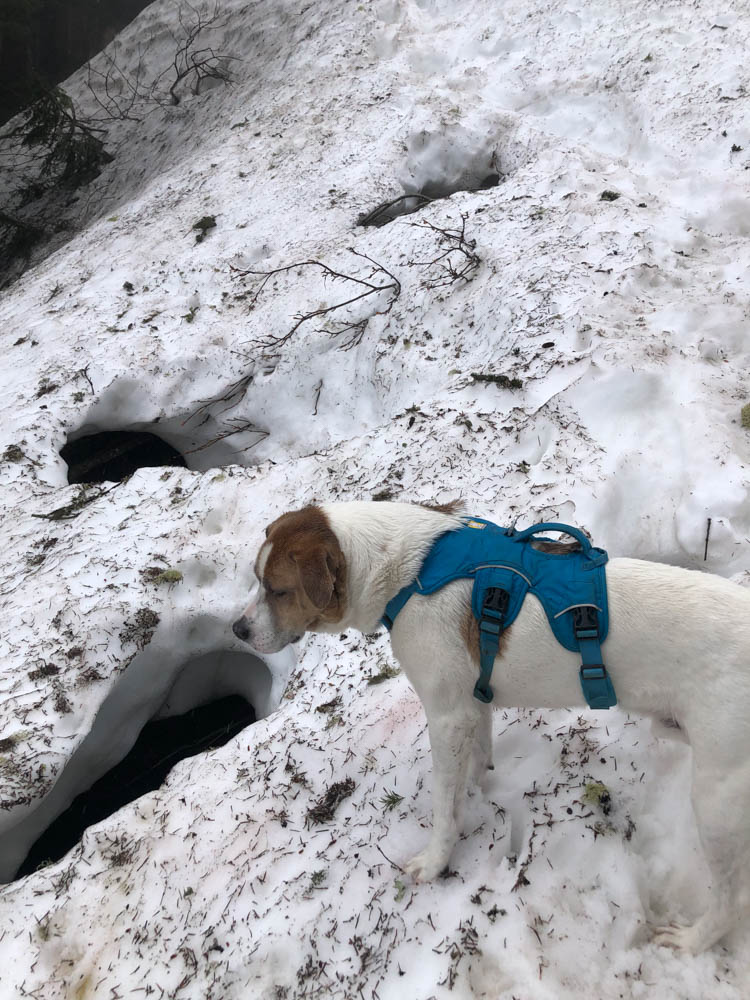
Shifting priorities as you try something new or navigate change through different life stages is perfectly okay. Above all else, remember to find joy in your journey and maintain that beginner’s mindset. It makes things a lot more fun.
Try This
If you’d like to use some of the principles in this blog post to contemplate change for yourself, experiment with a few of the following reflection or journal prompts. If you like, share what you discover in the comments.
Your First Hike
What excited you about it? How did you feel during and after the hike? What lessons from it resonate with you today? If you don’t hike, you can think about anything else you’re passionate about in which you benefited from having a beginner’s mindset.
Set New Goals
Reflect on how your goals have changed over the years. What new goals can you set for your hiking/sporting adventures that align with your current interests and capabilities?
Embrace Change
Reflect on a significant change in your life and how hiking/sport has helped you navigate that change. What parallels can you draw between your journey on the trail/court and your journey through change?
Nature as a Teacher
Think about what nature has taught you over the years. How have these lessons influenced your perspective on life, aging, and personal growth?
Share the Experience
Write about a time when you introduced someone else to hiking/hobby/sport. What was the experience like for both of you? How did it change or enhance your appreciation for the activity?

